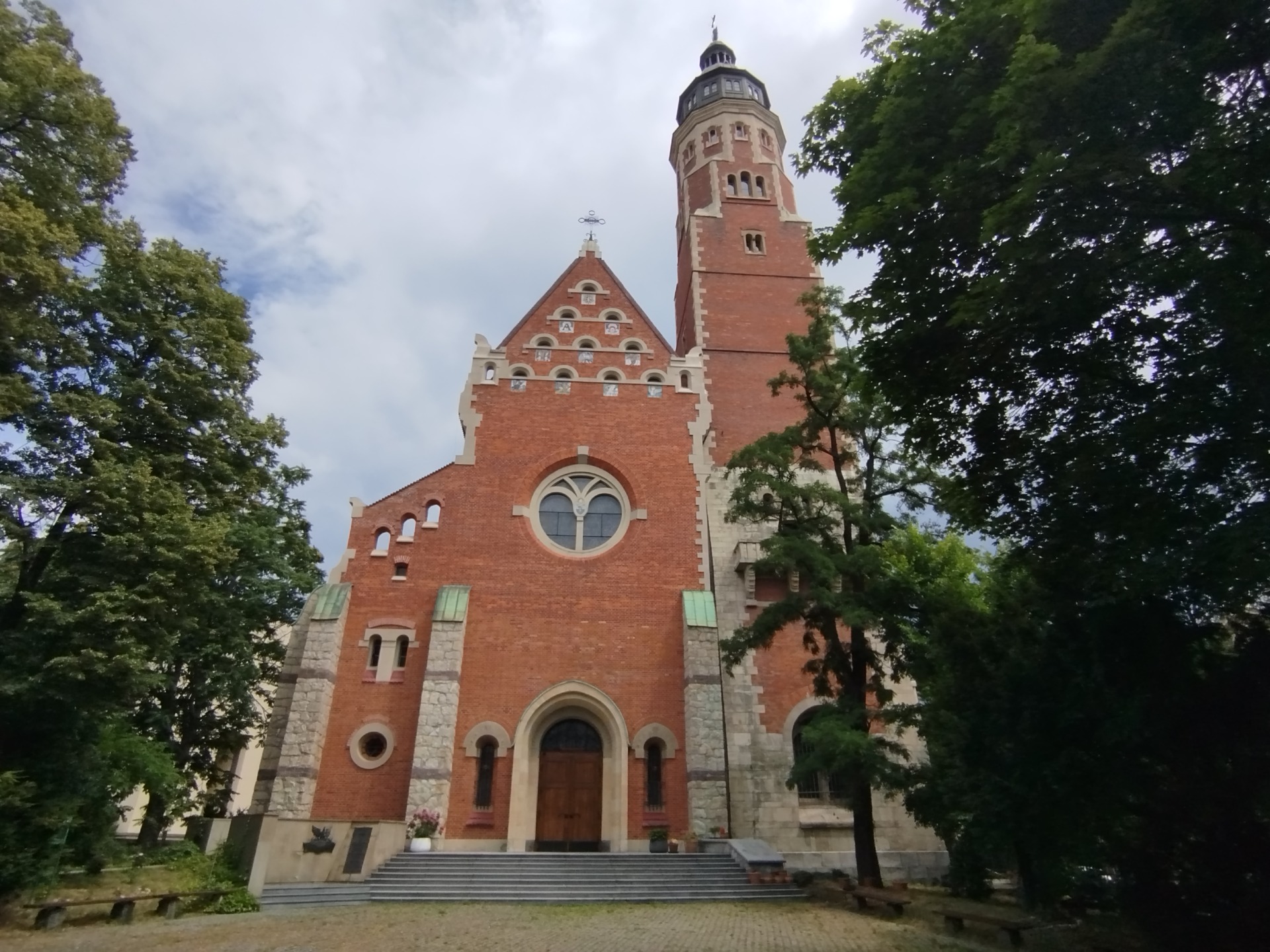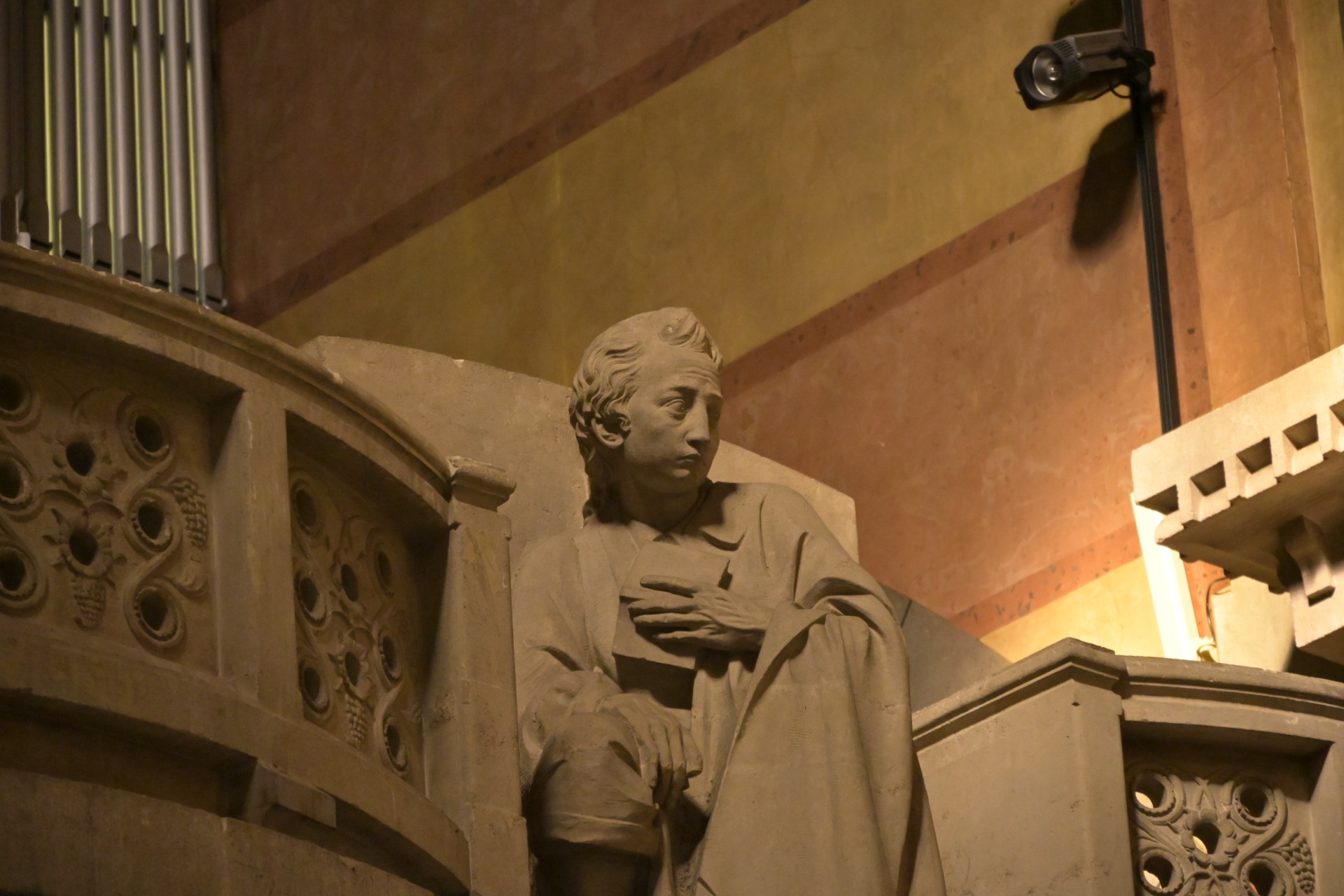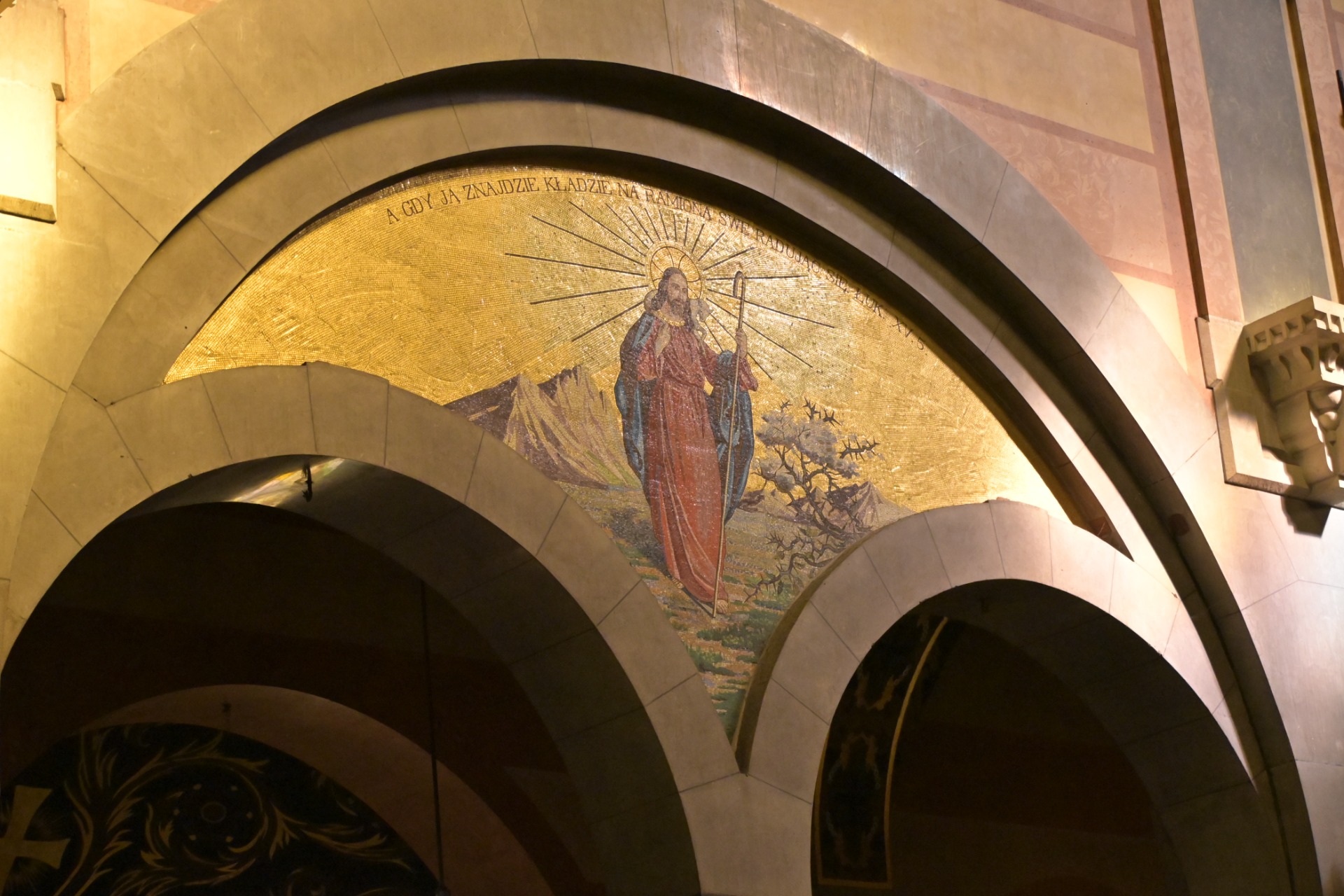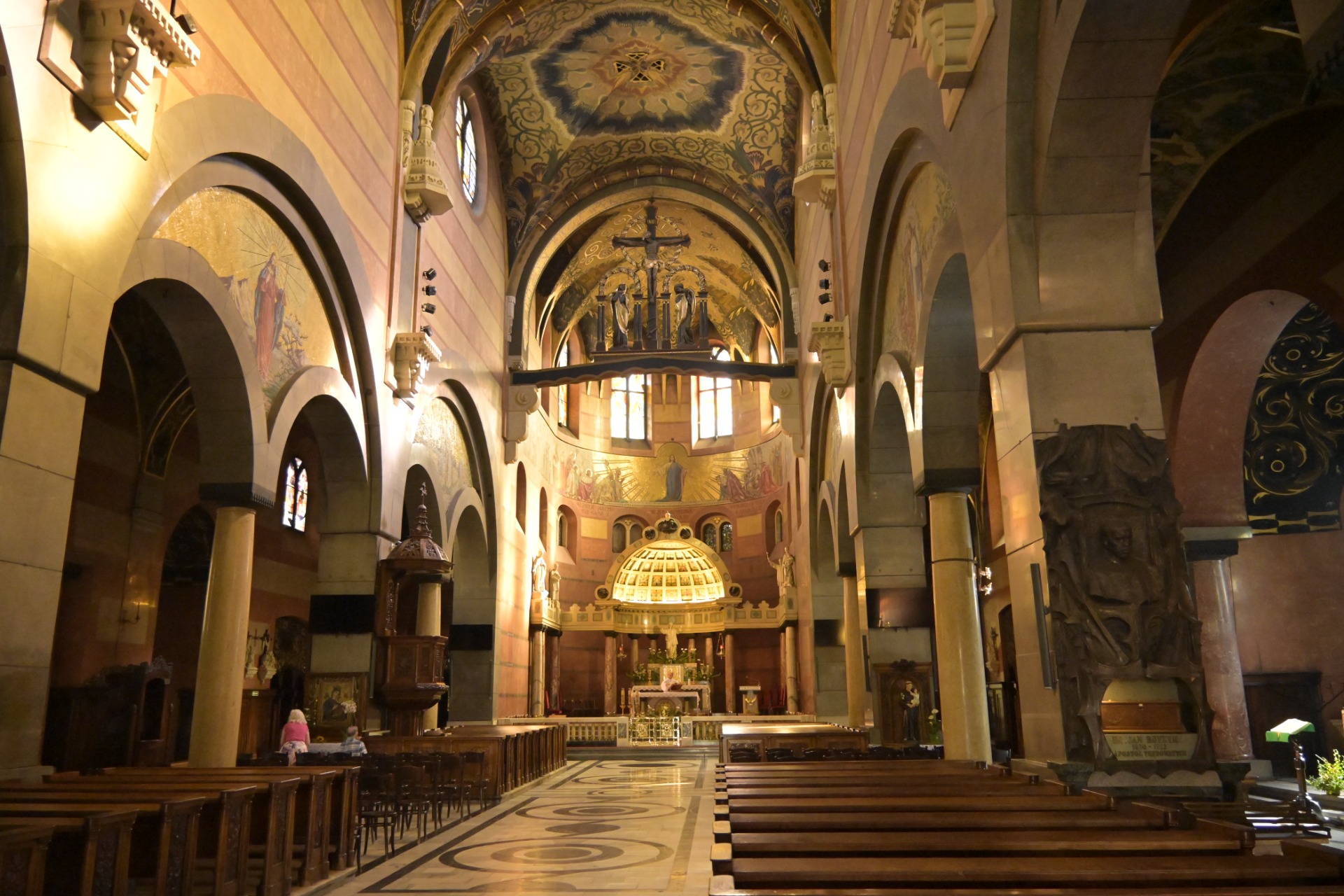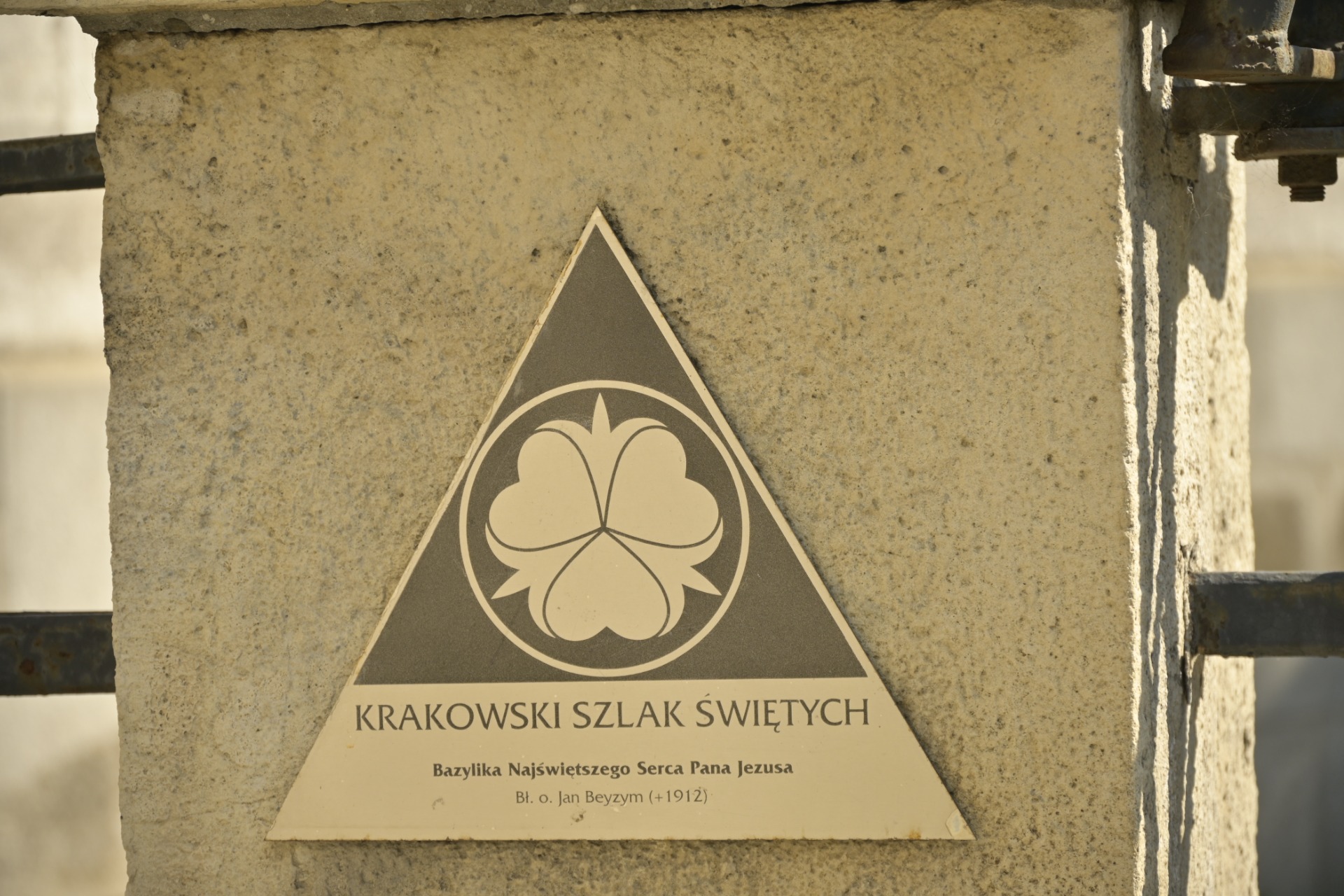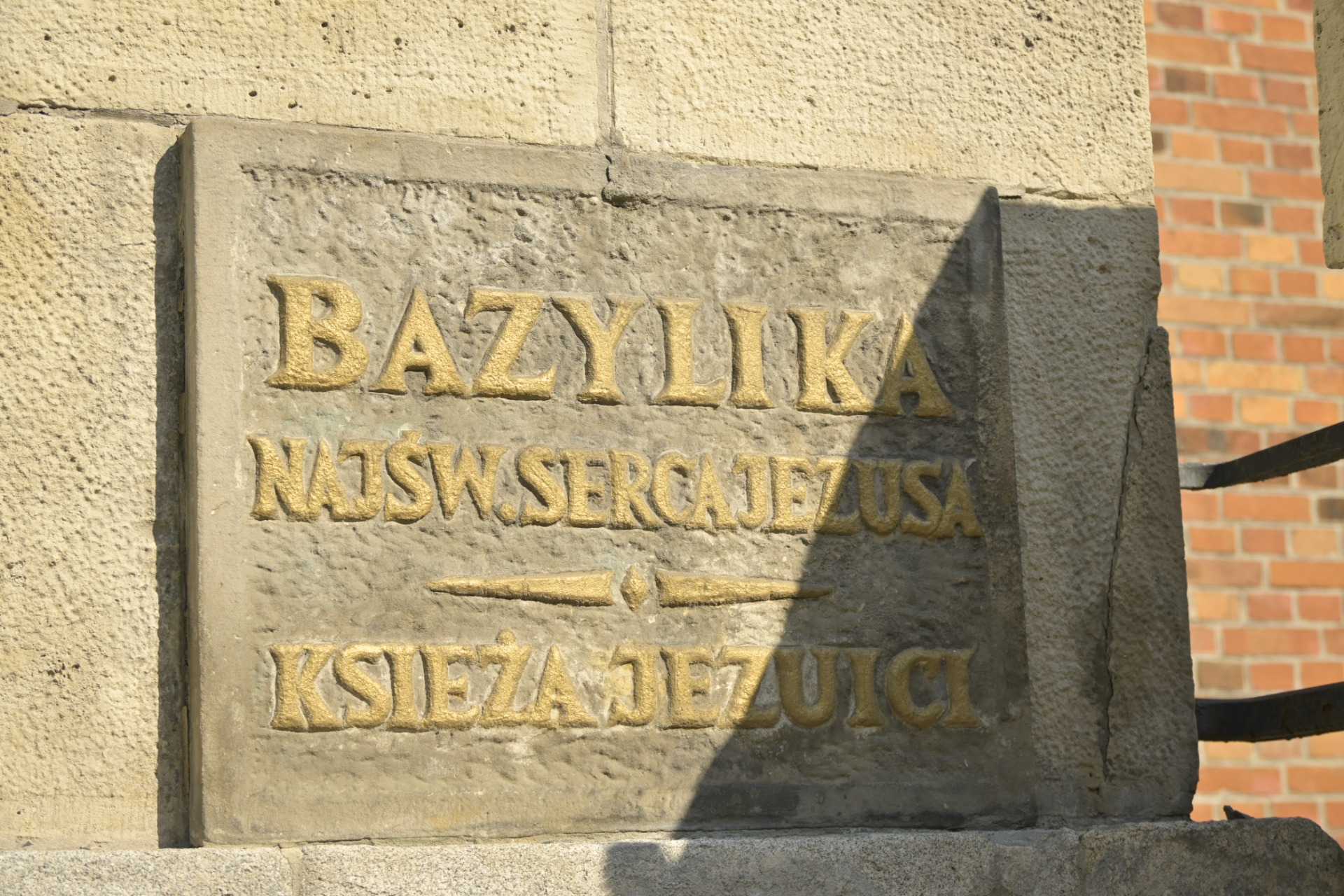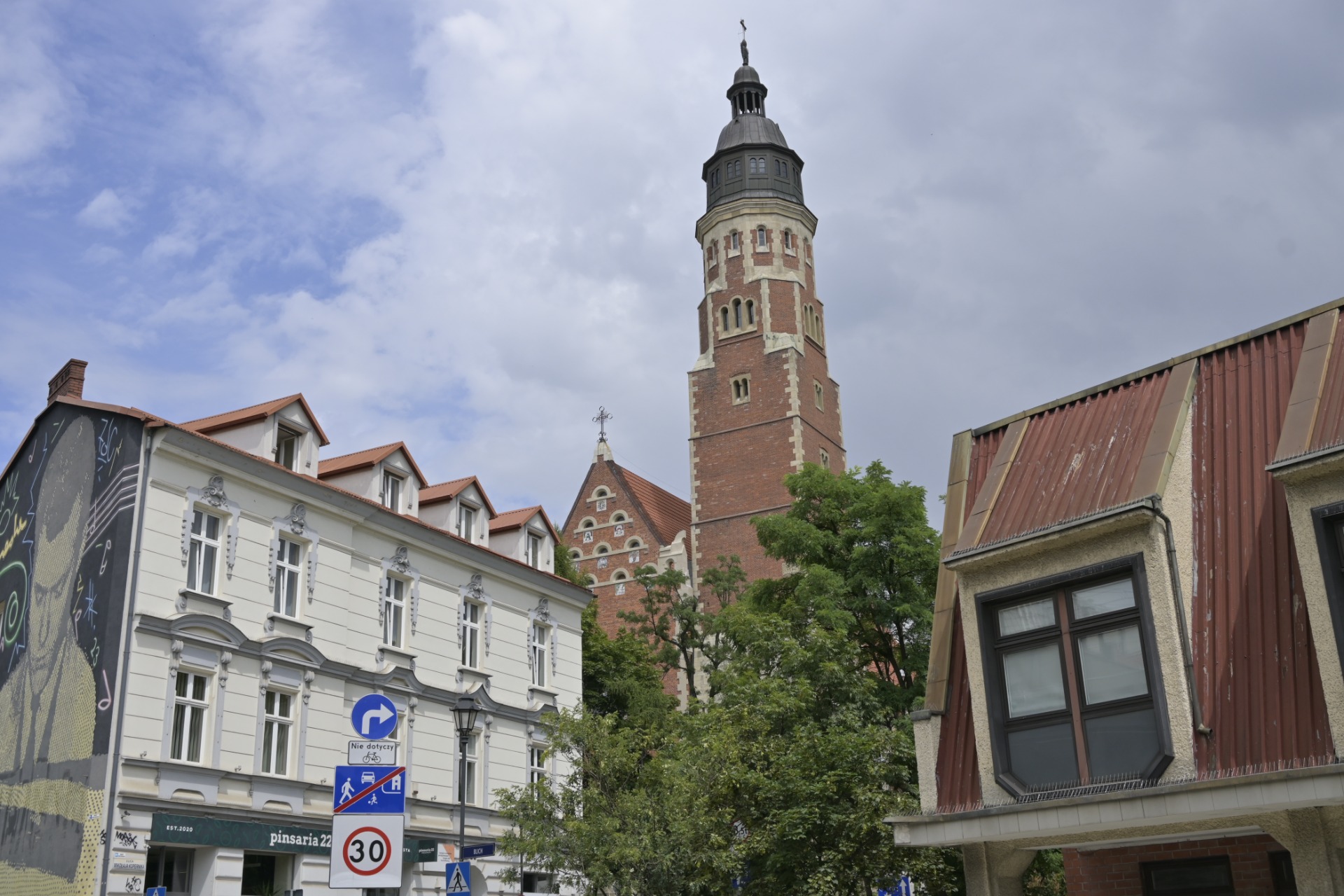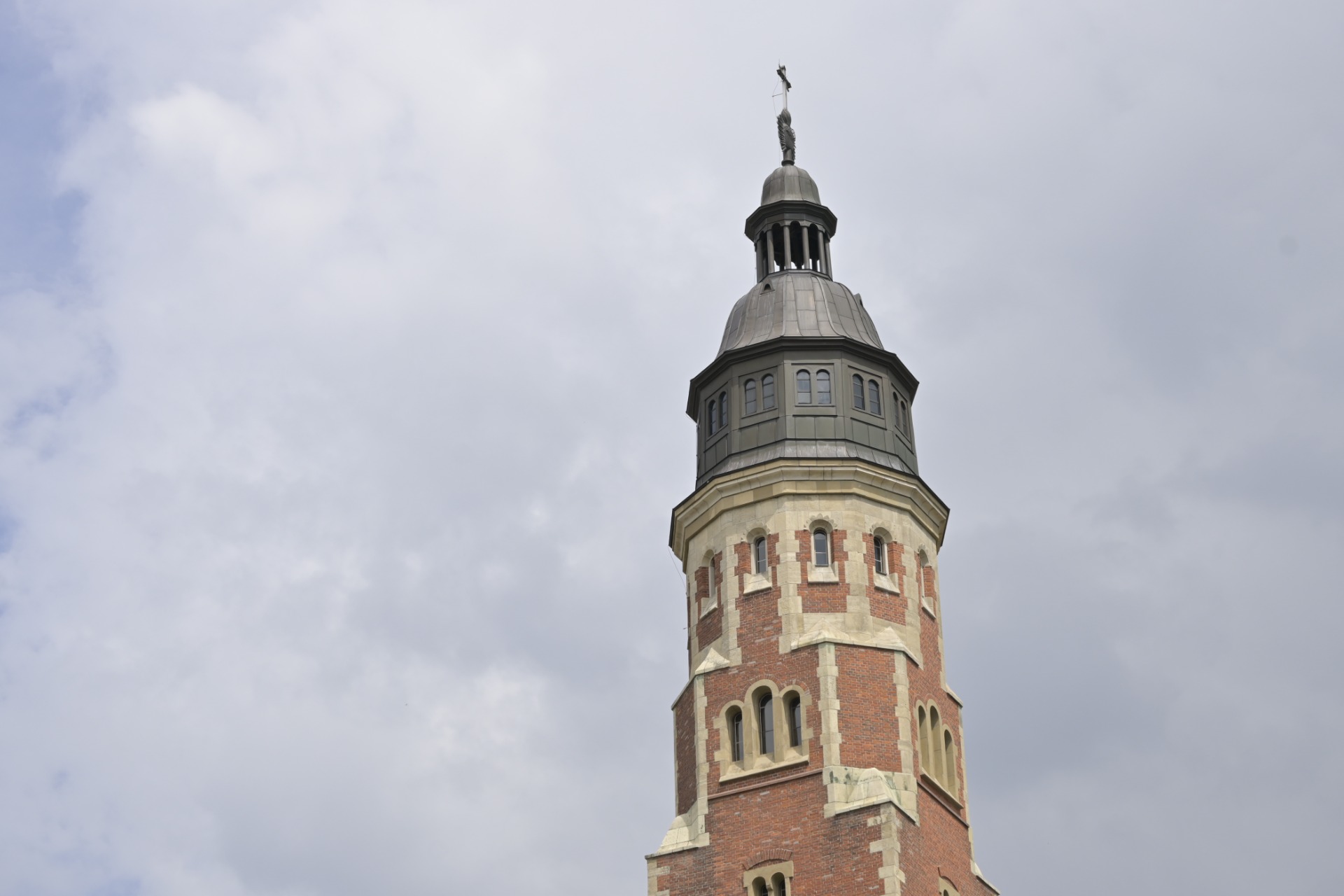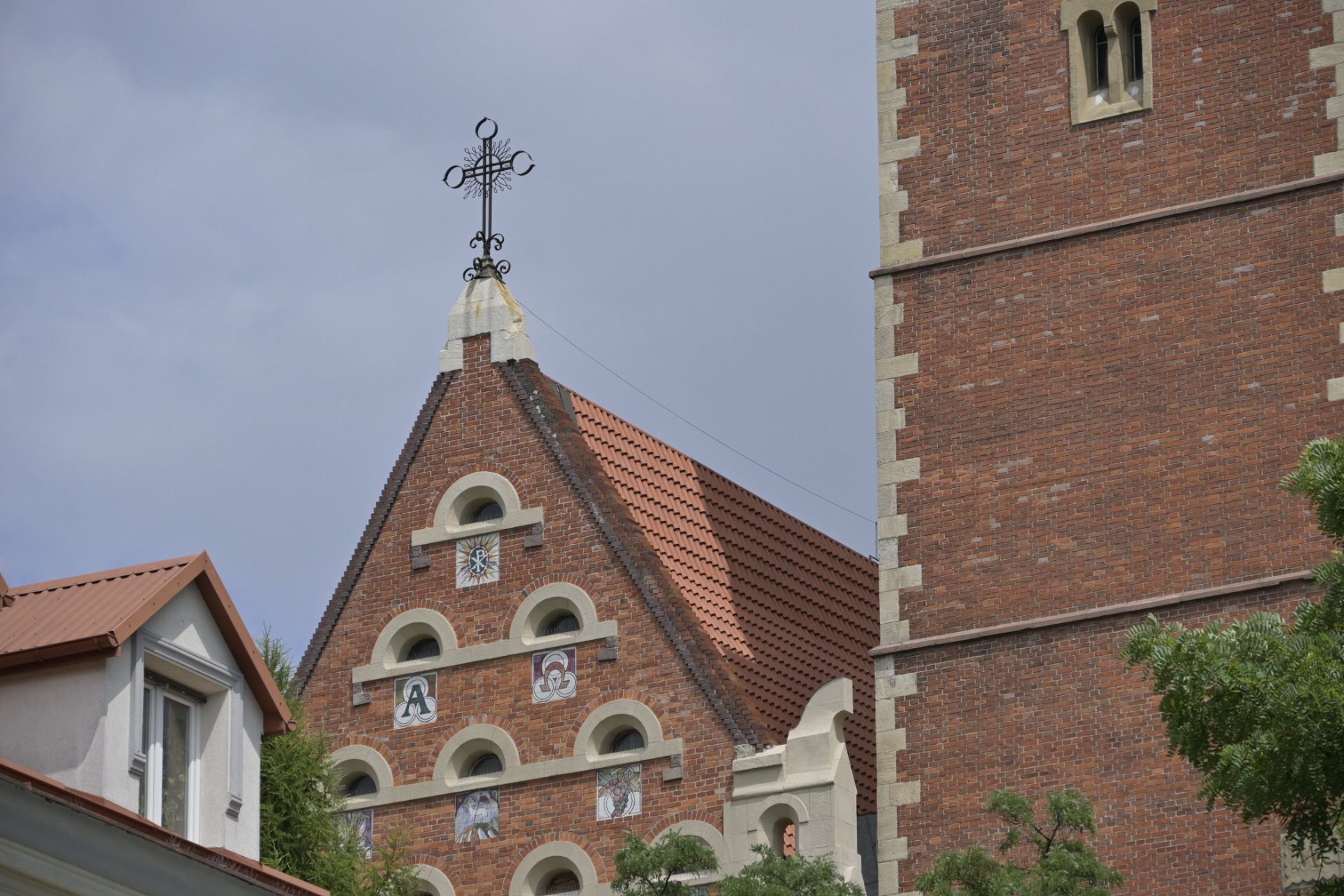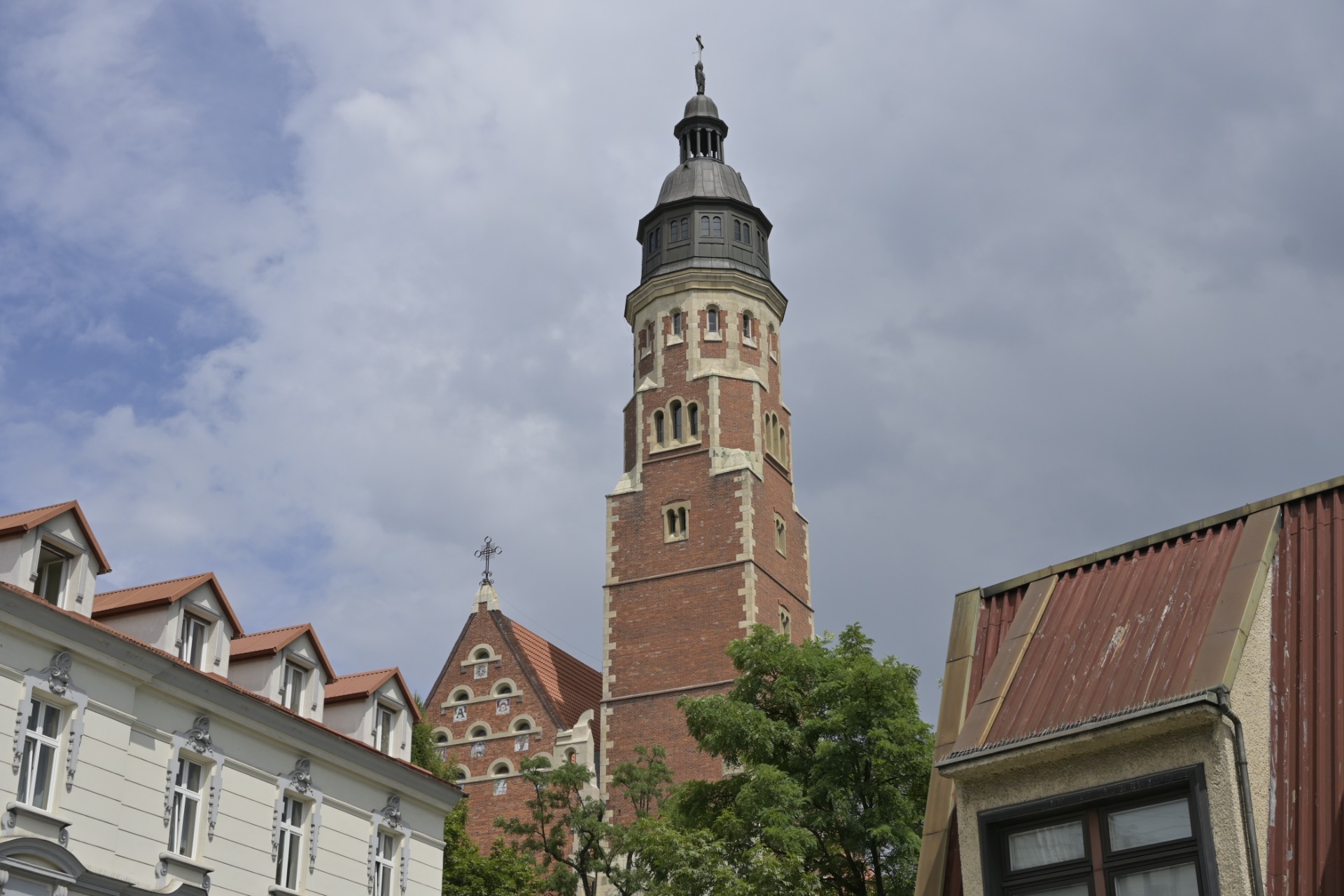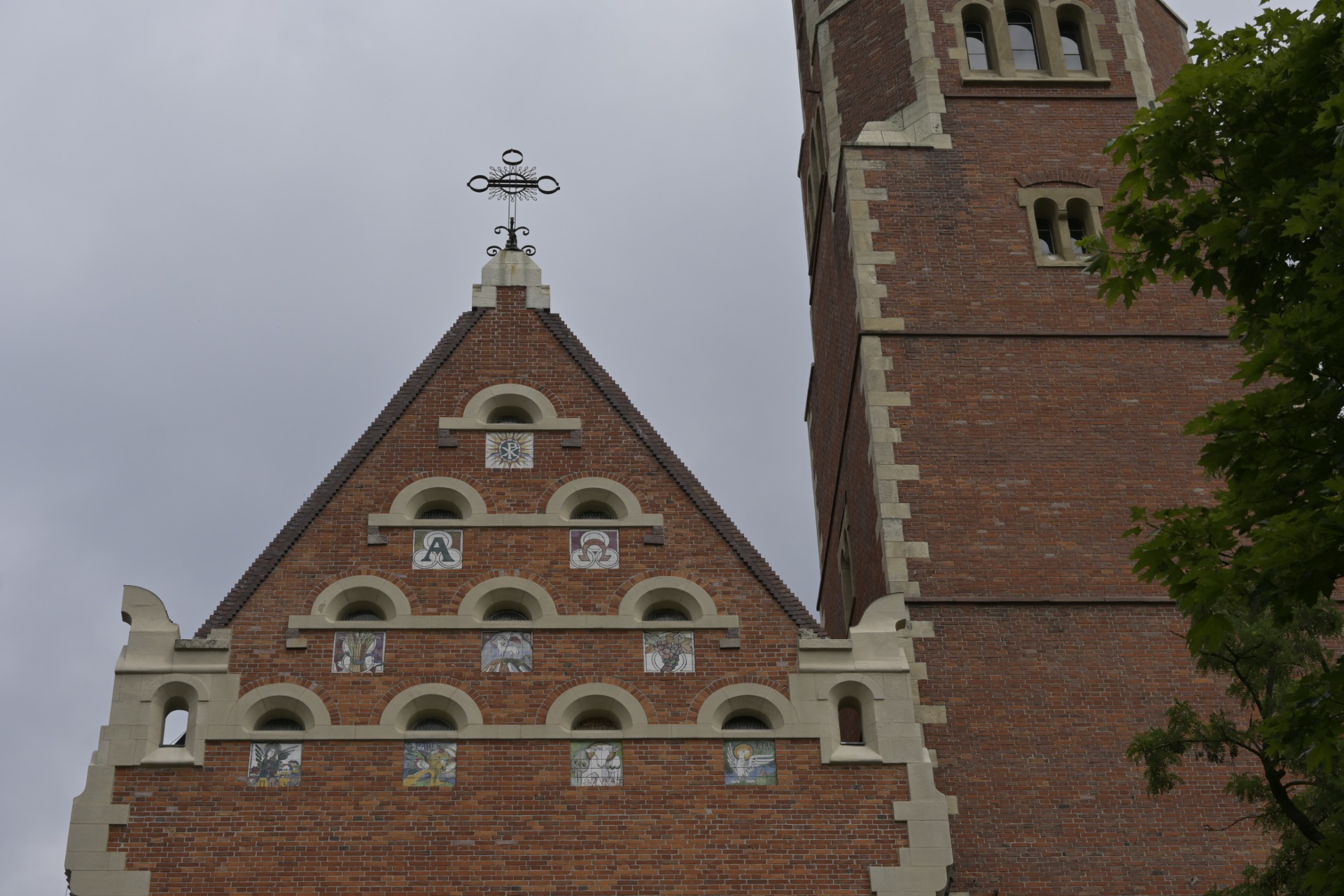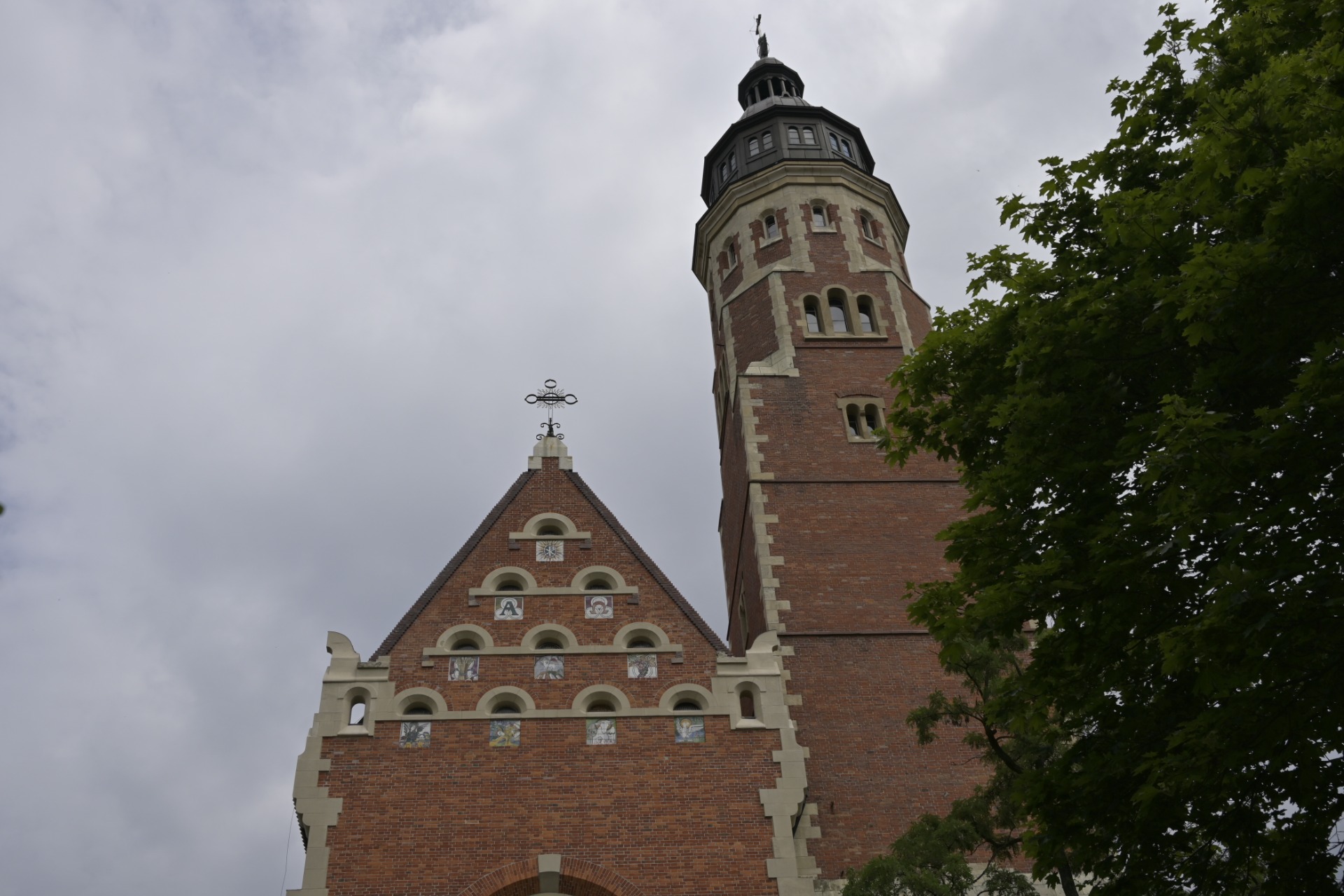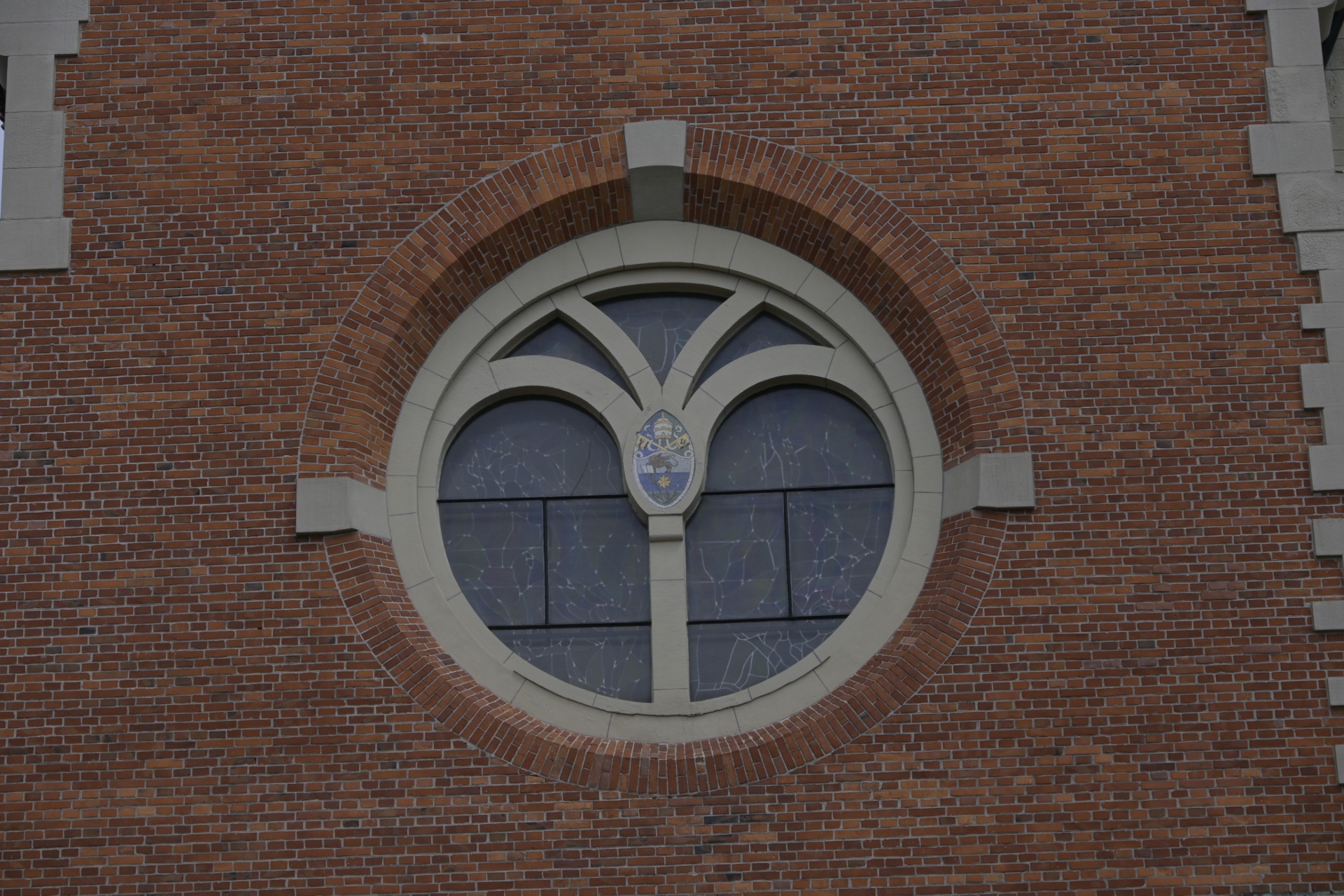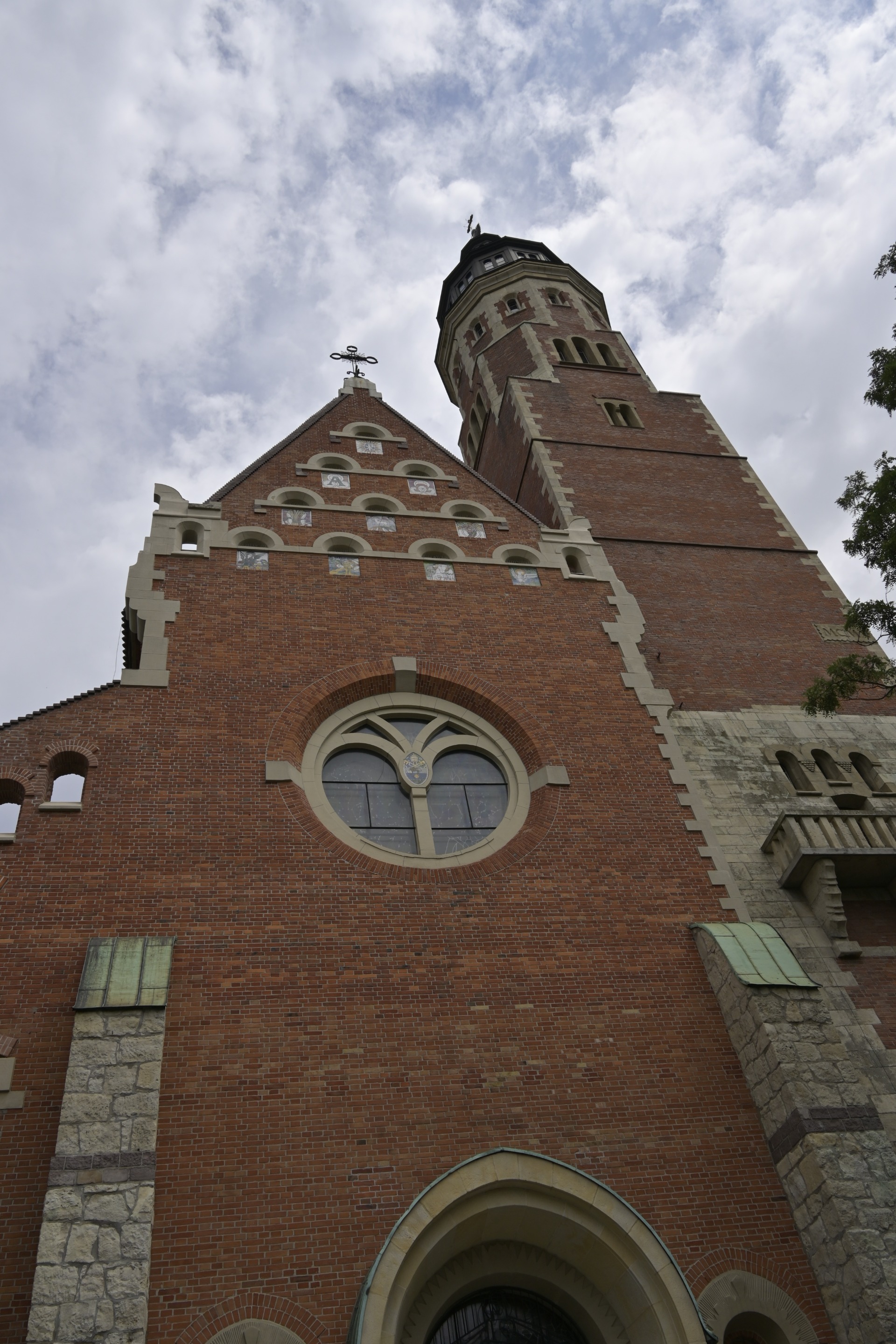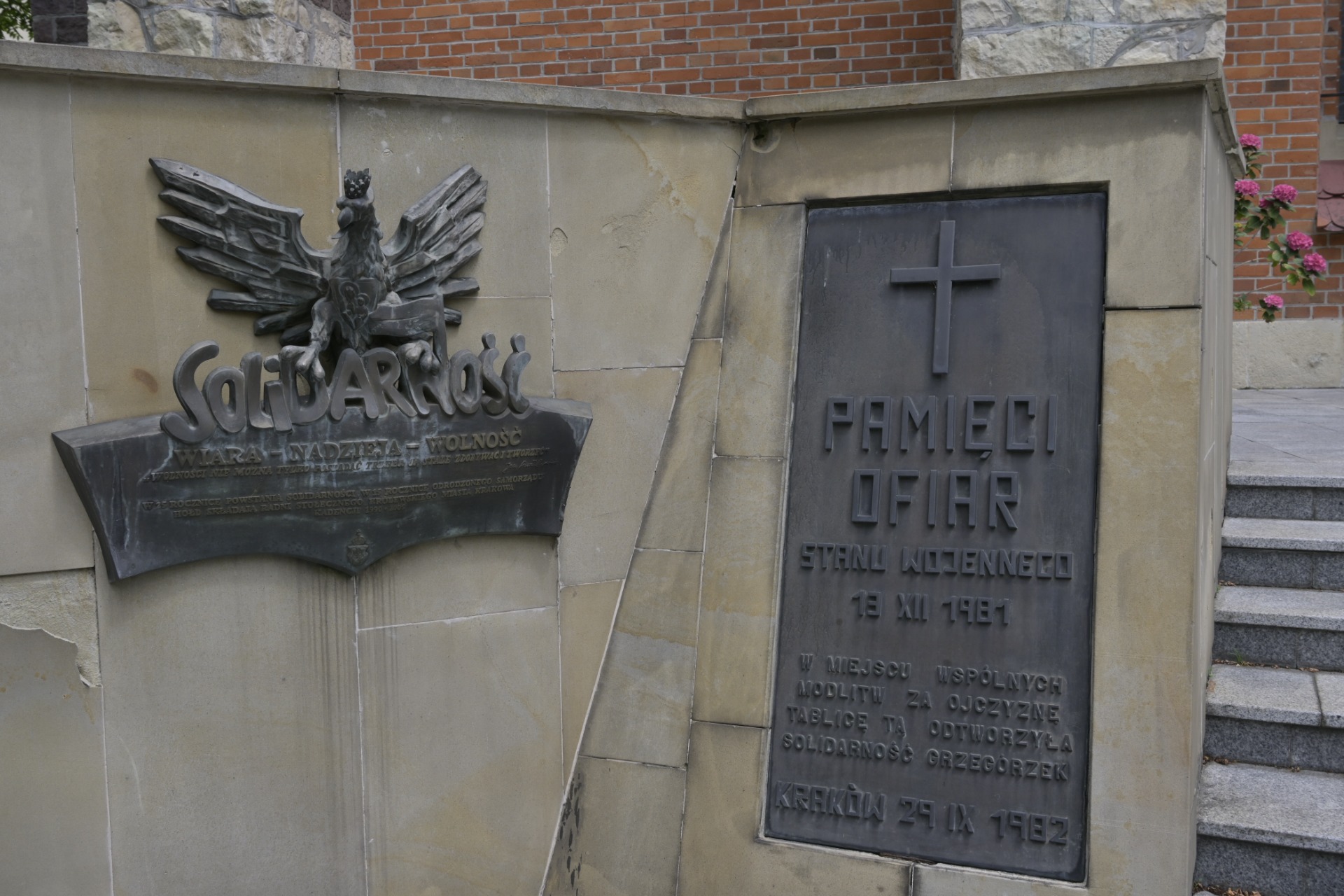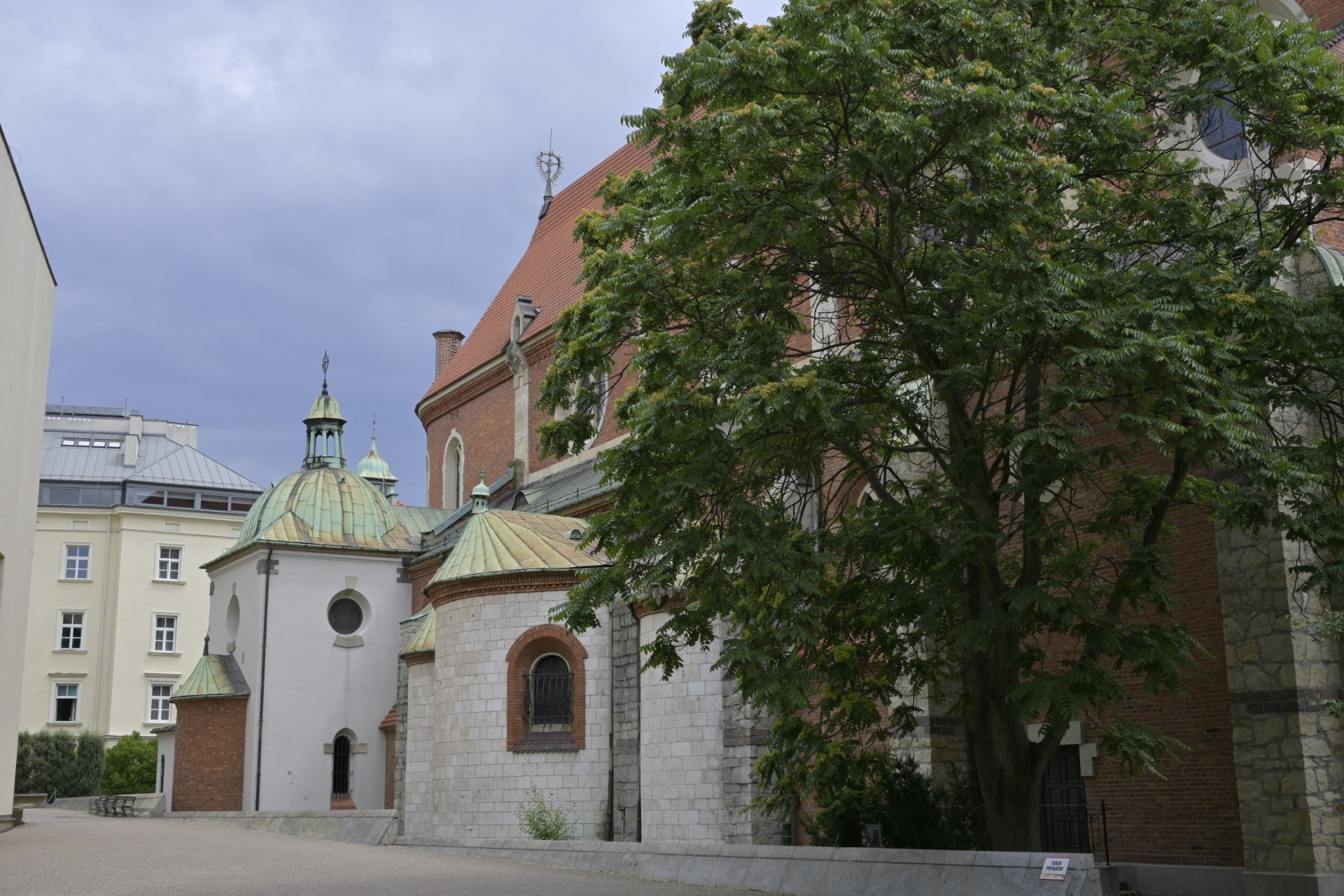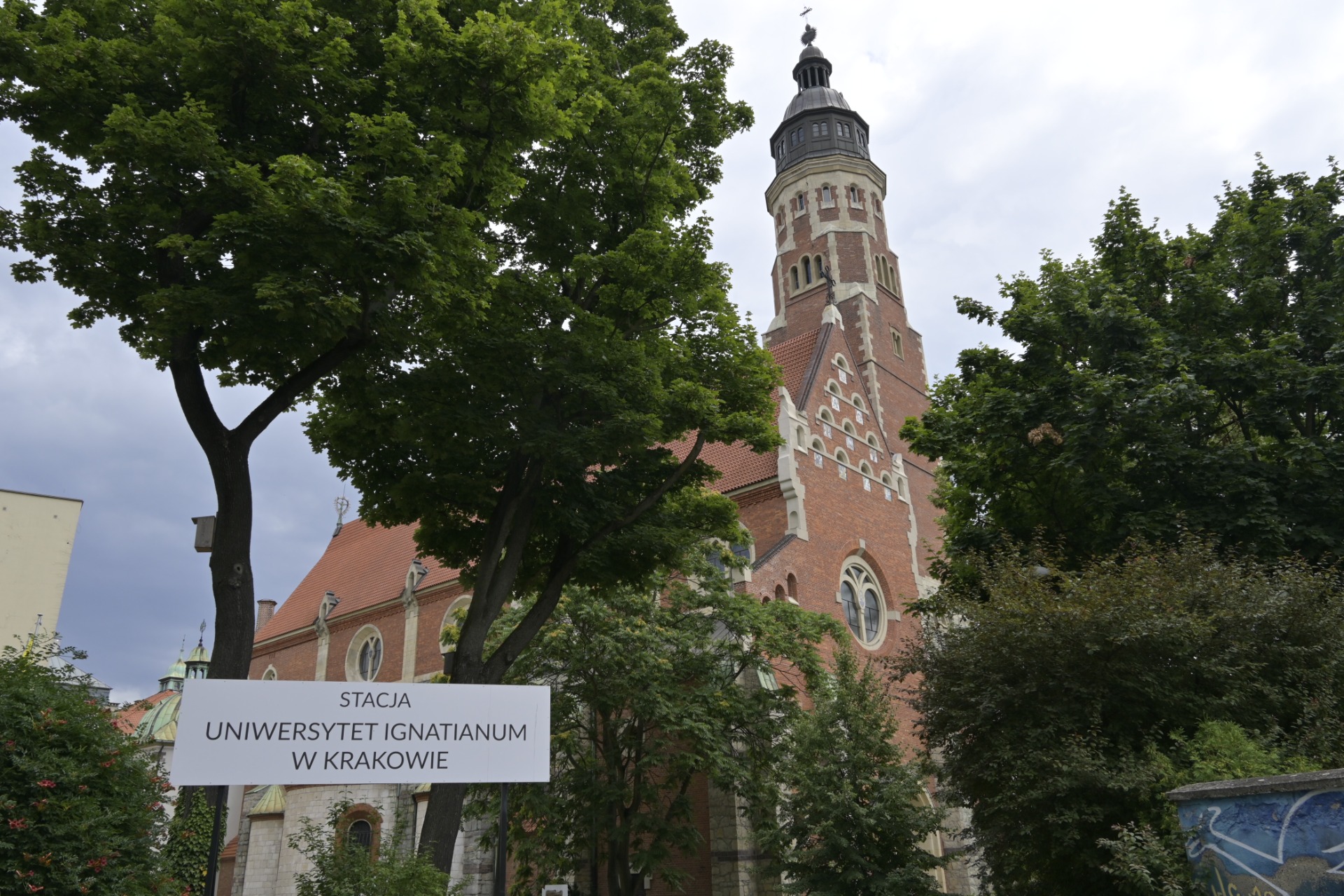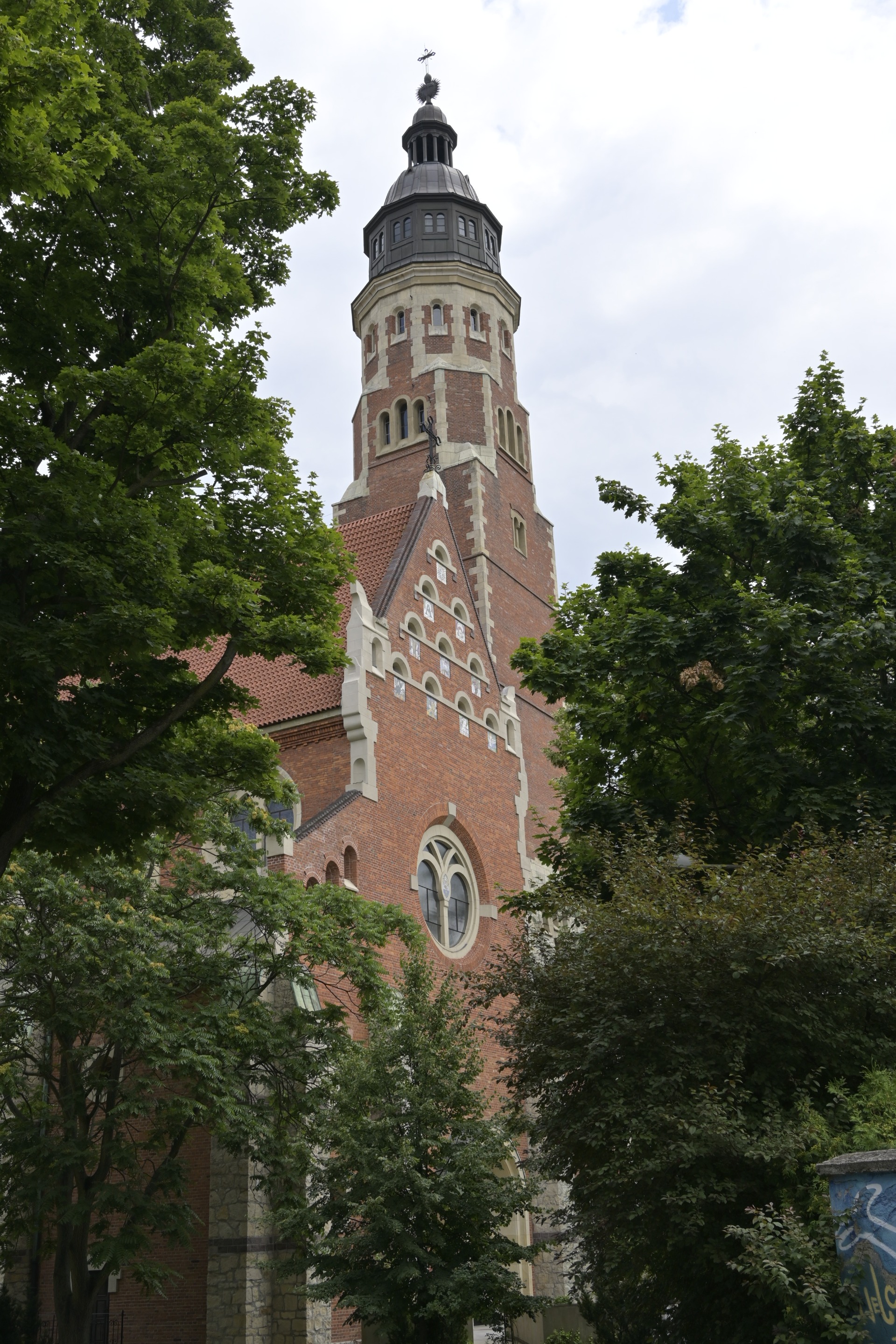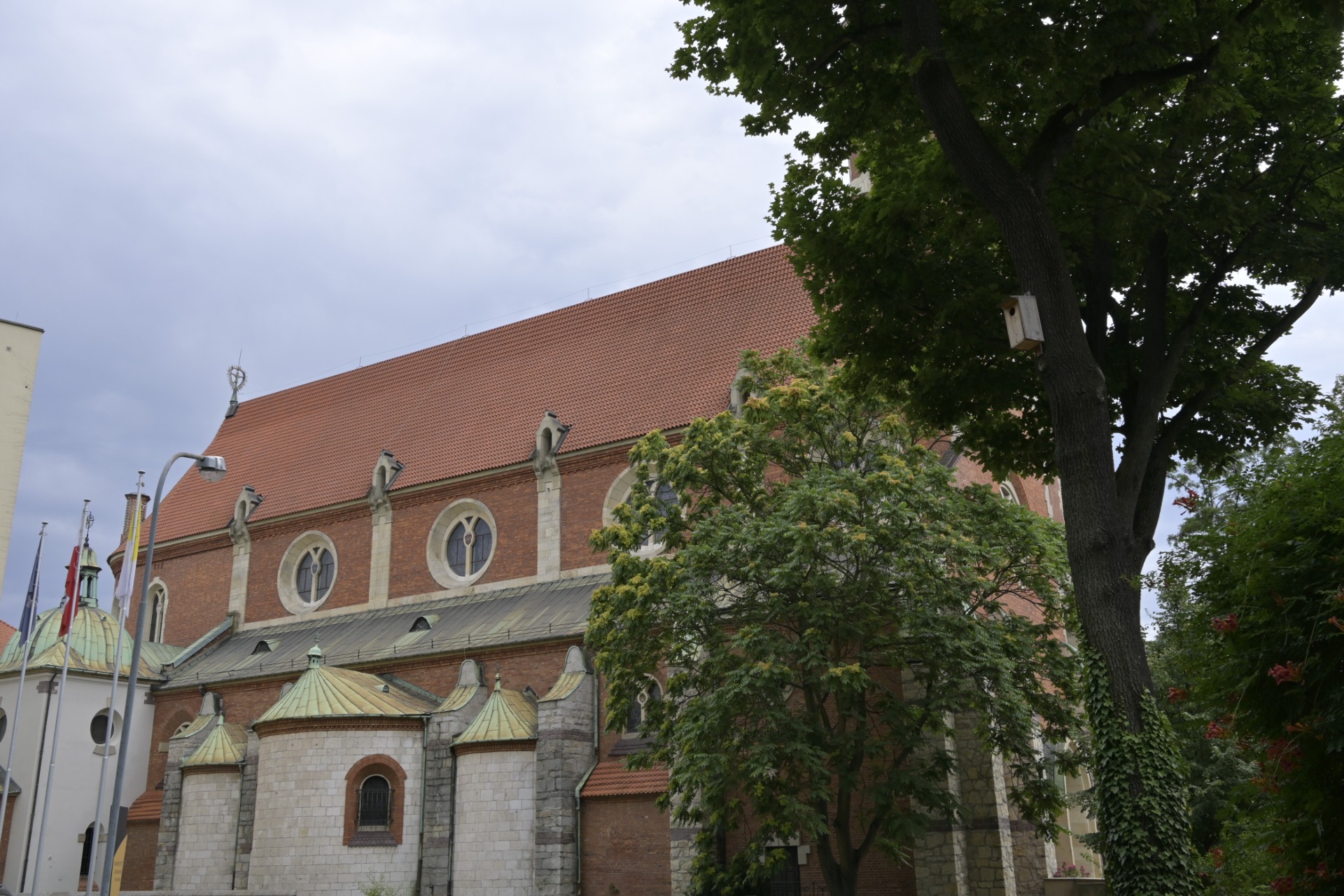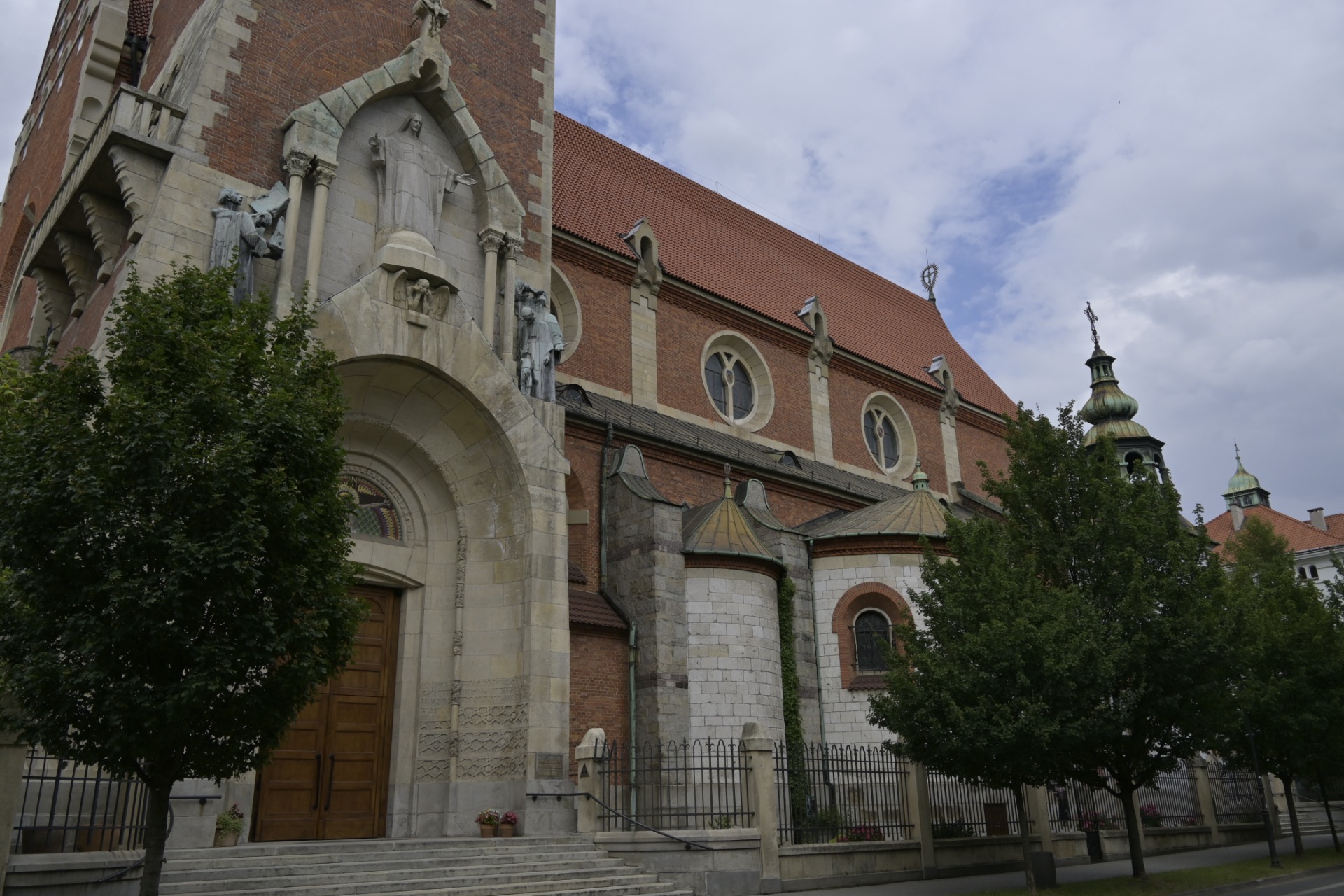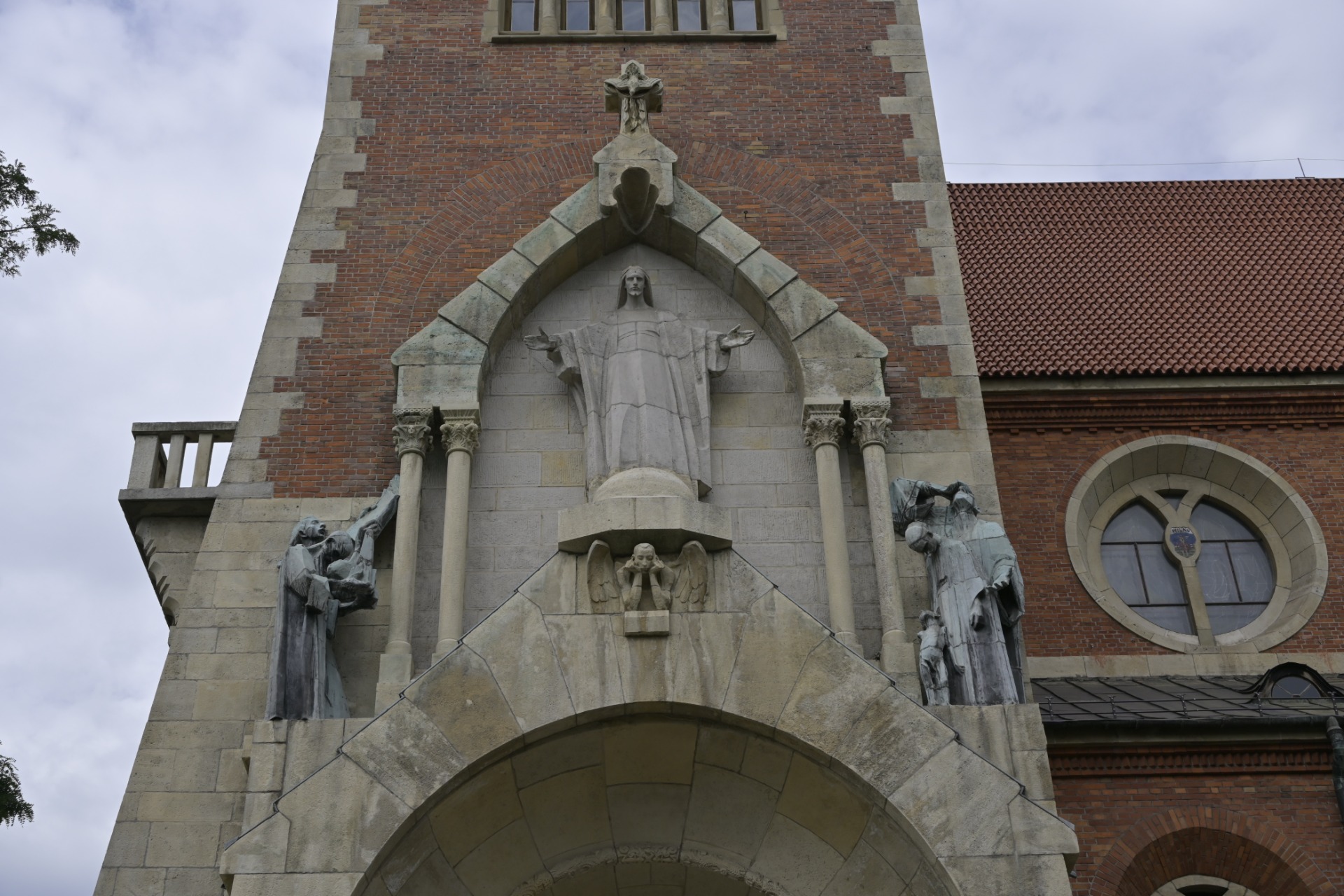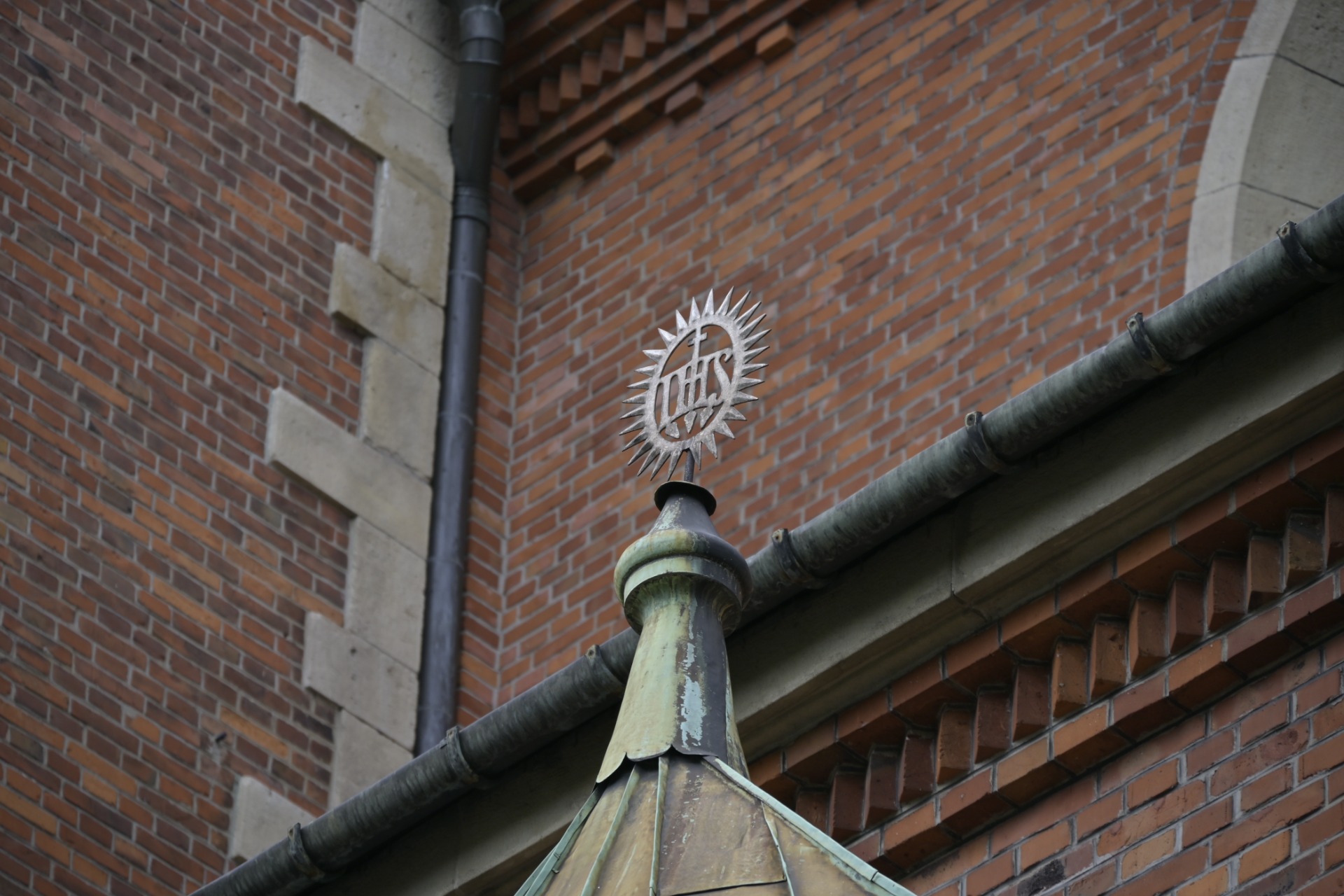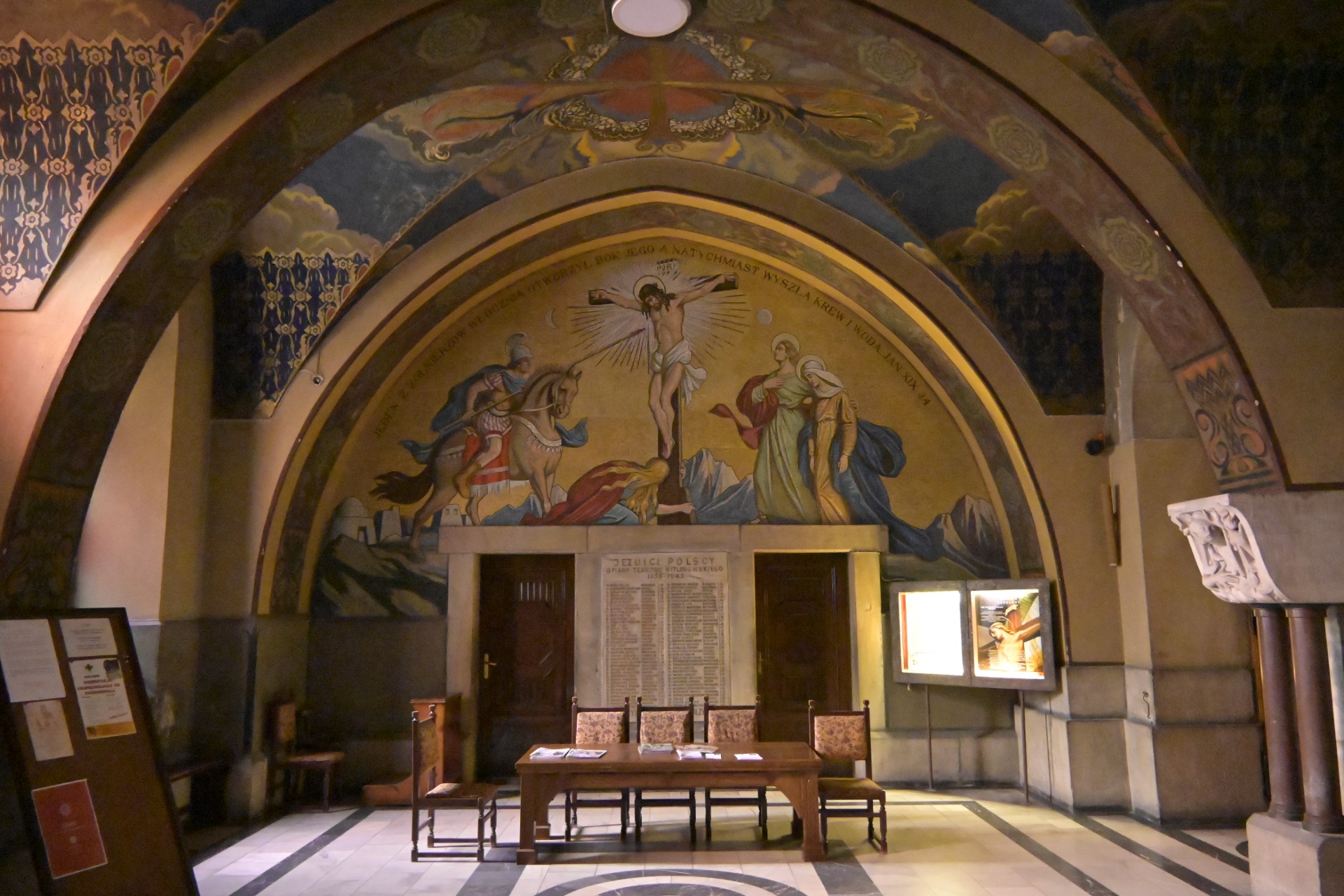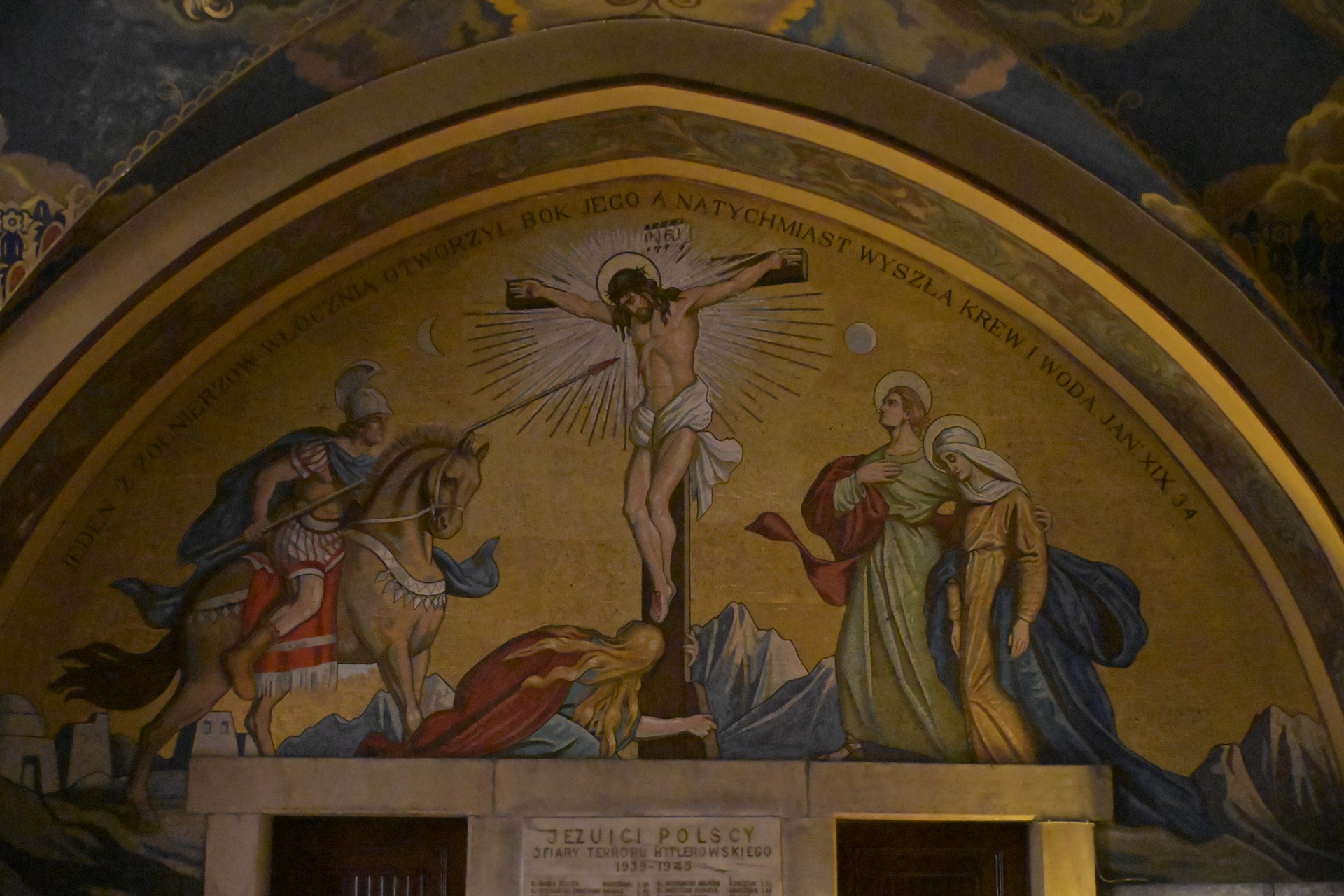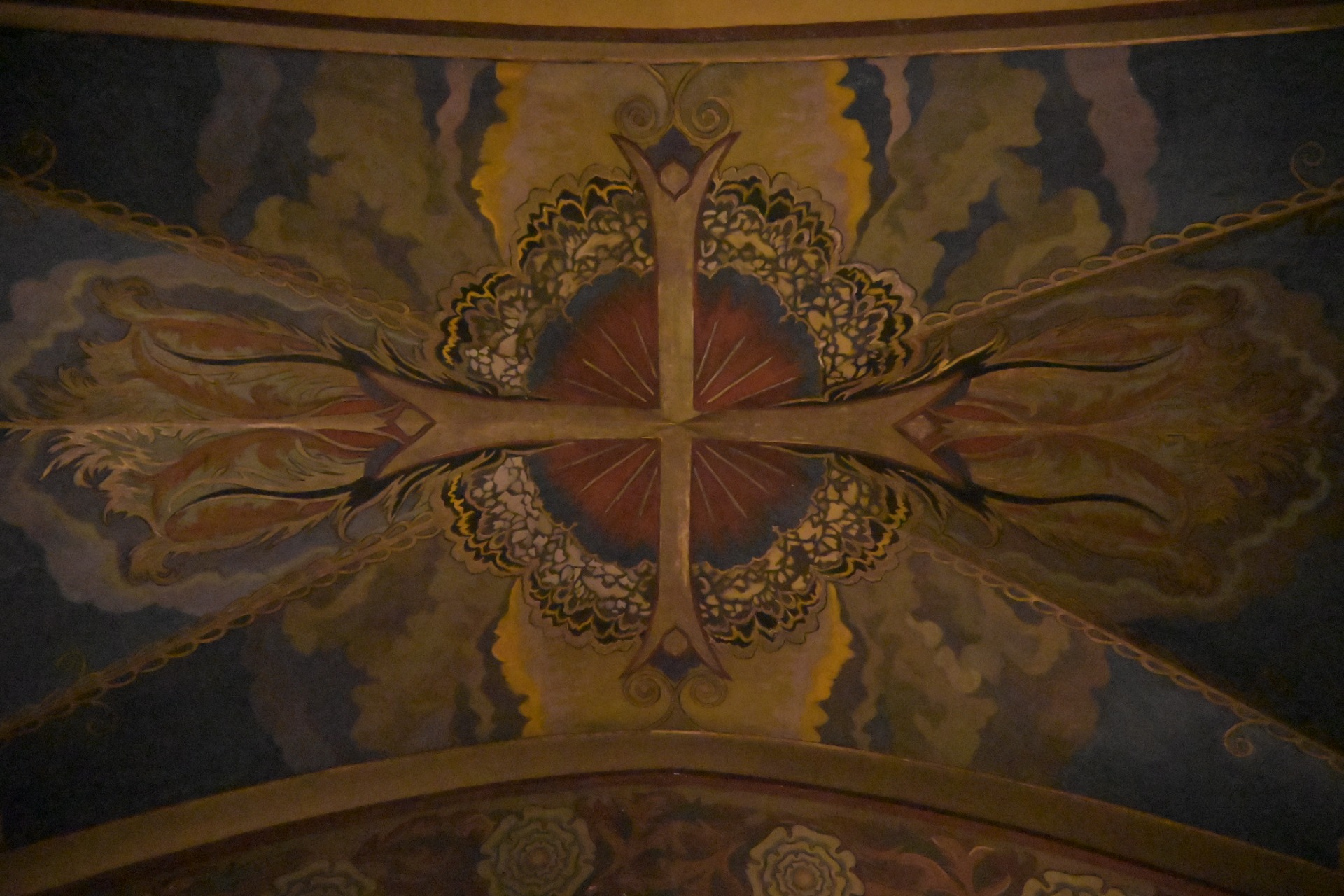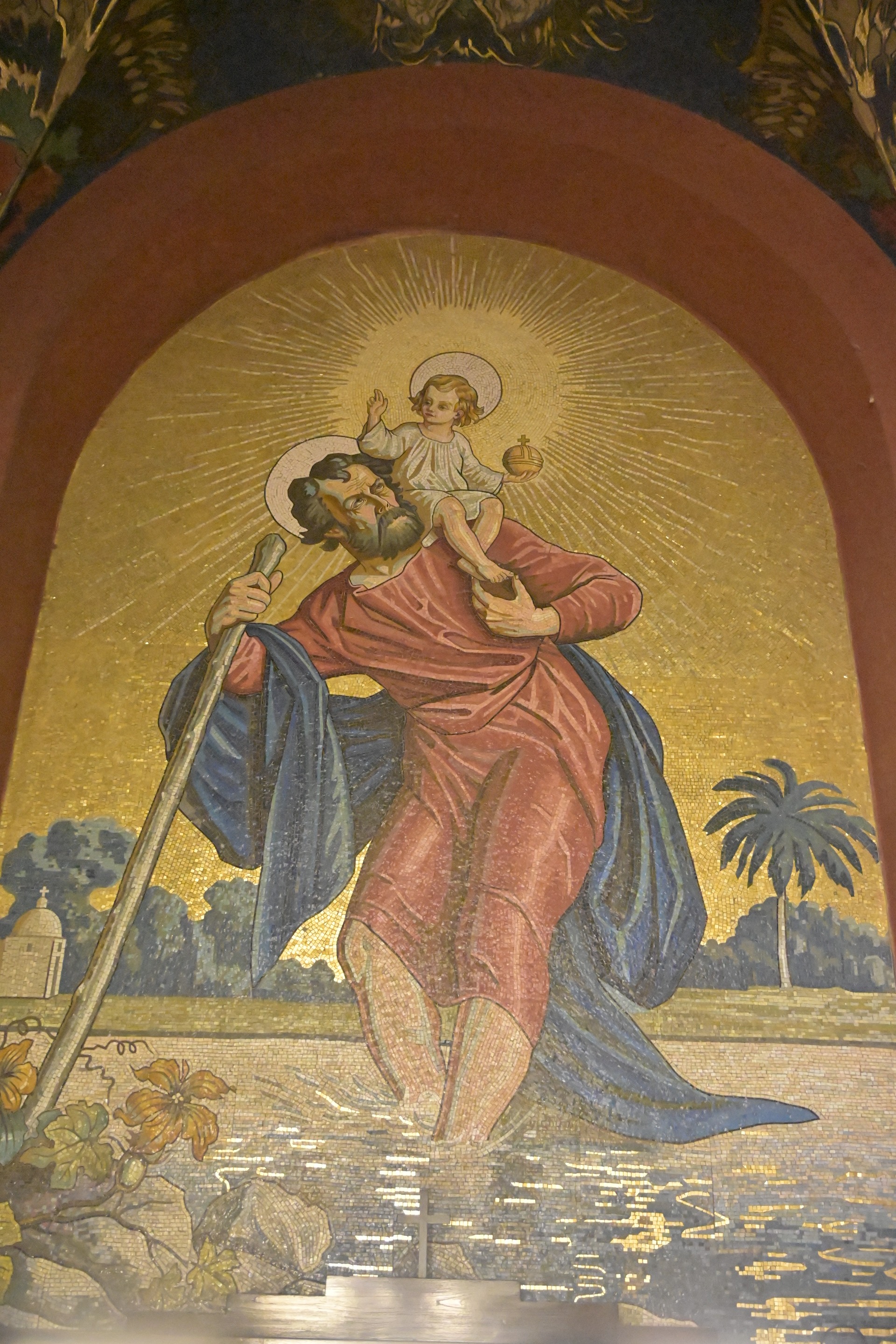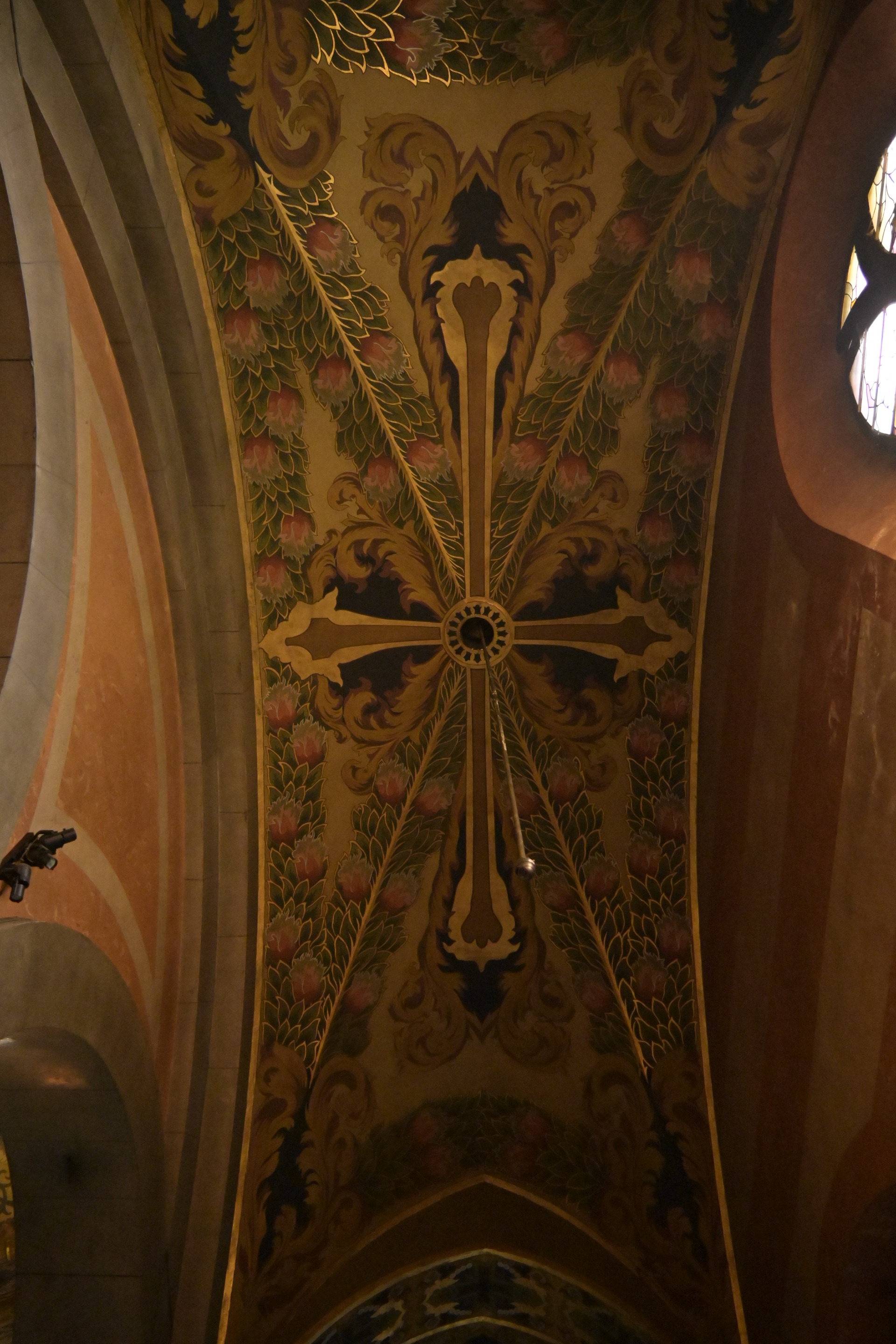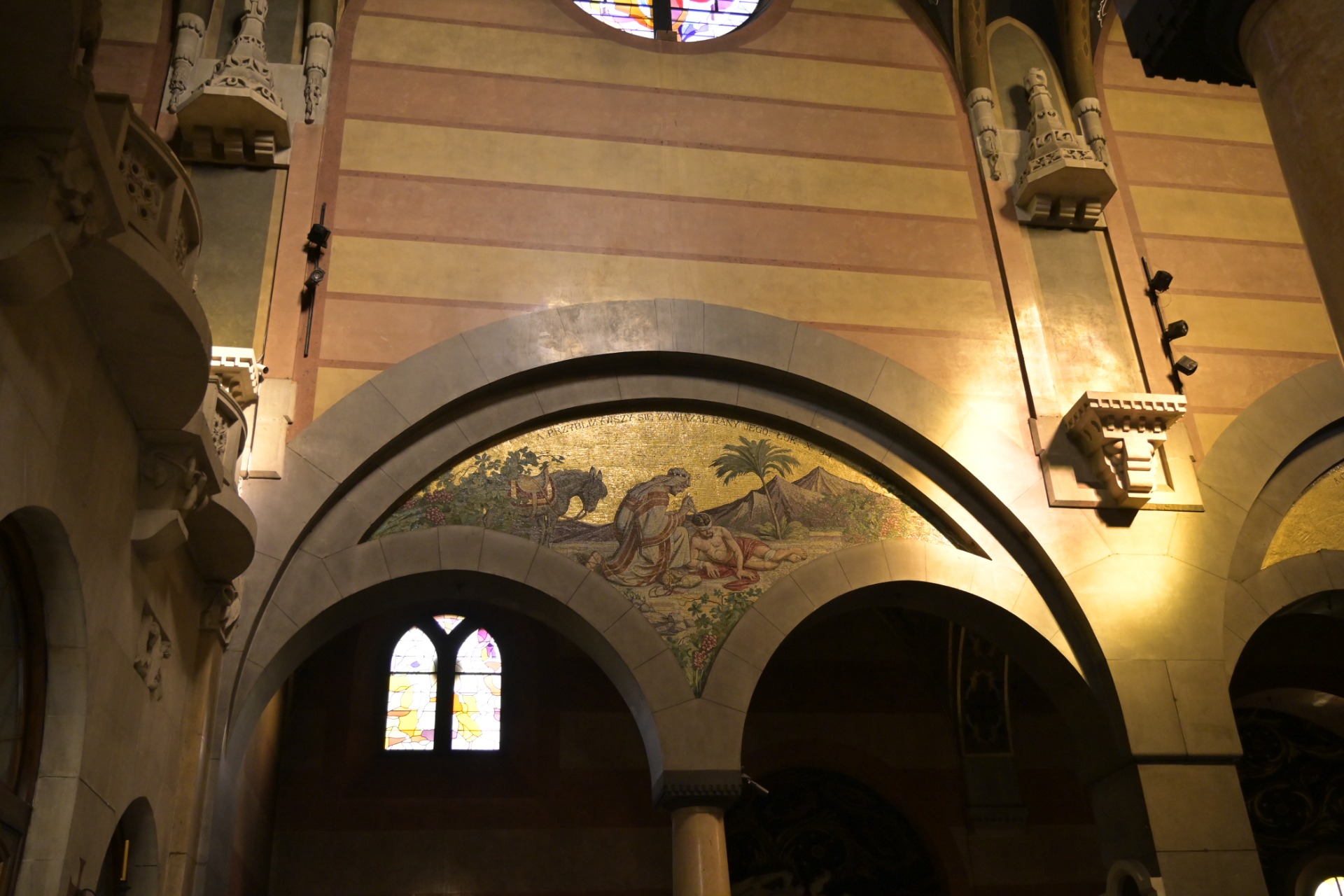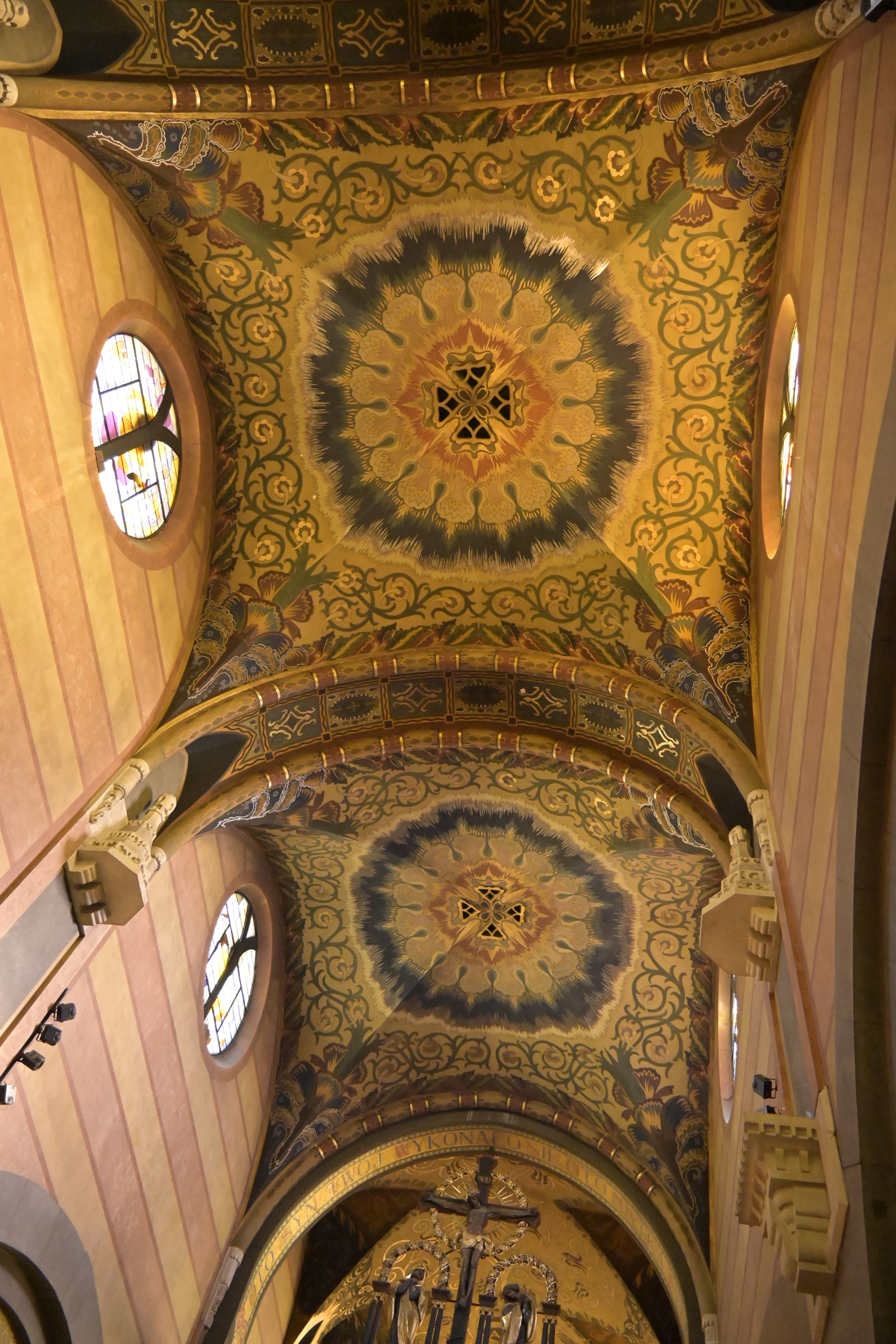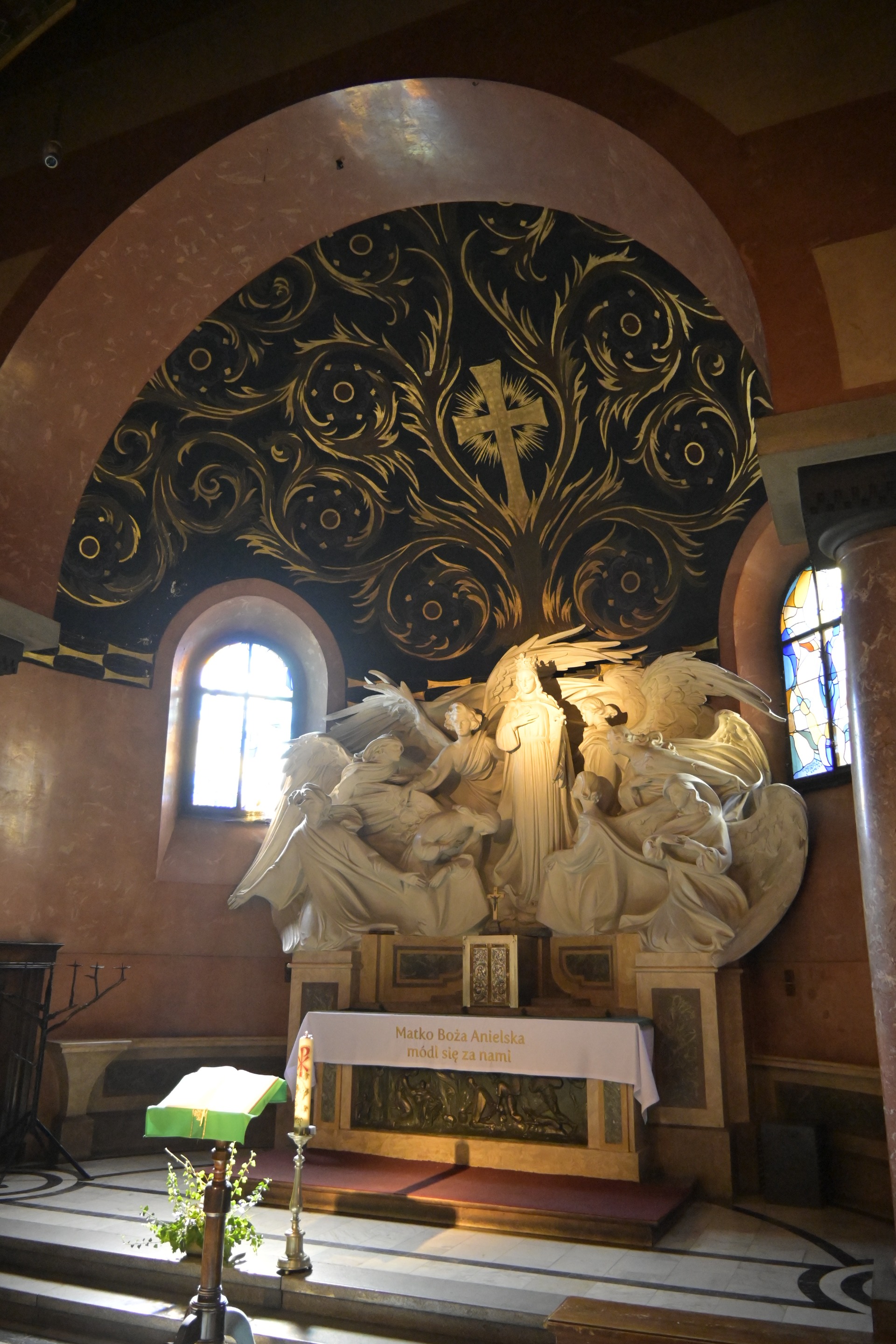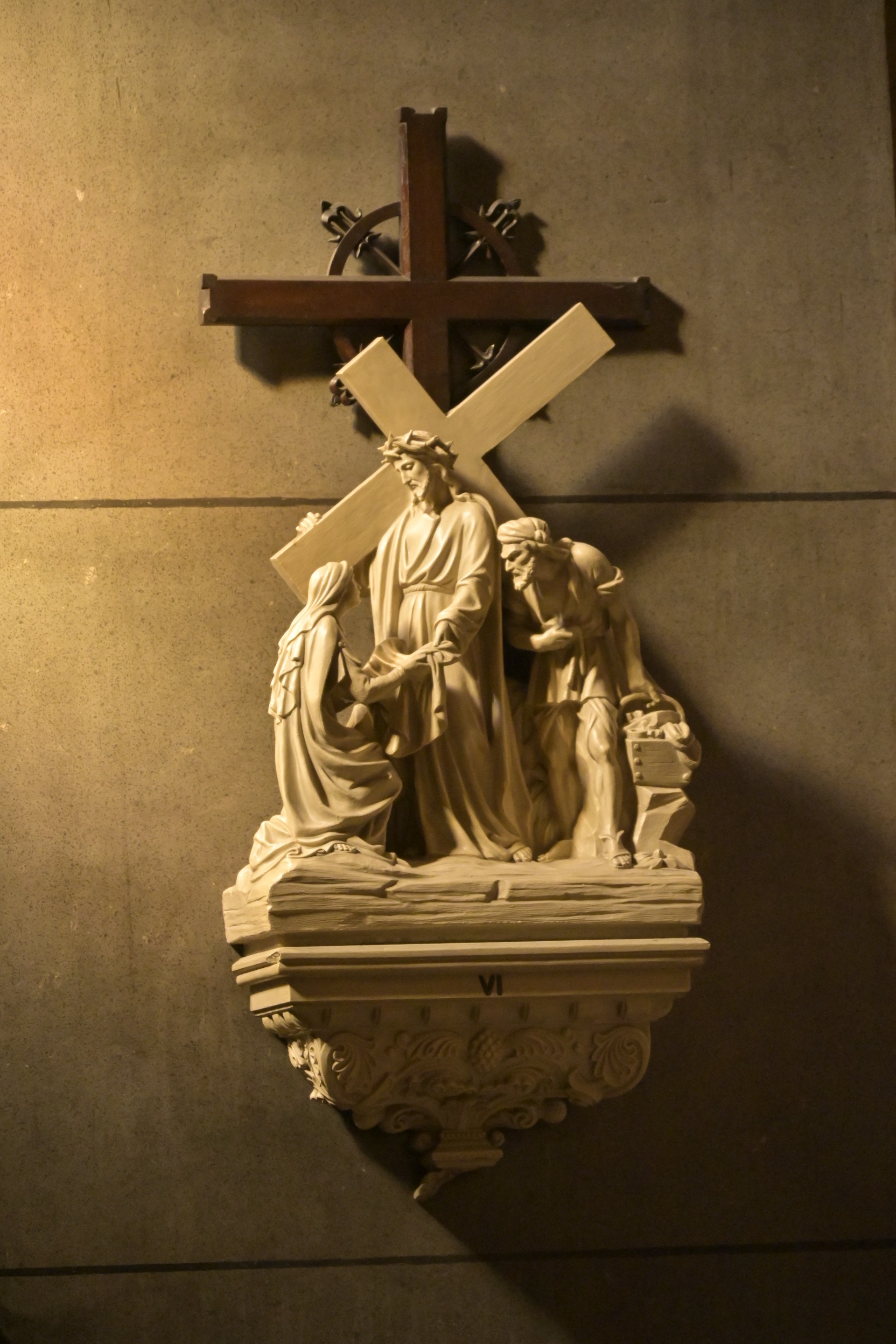[ENG] Walking along Kopernika Street in Krakow, it's hard to miss the monumental structure of the Church of the Sacred Heart of Jesus. Although austere and somewhat heavy on the outside, it's one of Krakow's most interesting, yet underappreciated churches – a modernist church unlike any other.
The idea to build a new church for the Jesuits in Krakow arose in the 19th century, when the order considered erecting a large church to meet the needs of its growing community of believers and their pastoral activities. However, the final decisions were made only in the interwar period. The project was entrusted to the renowned architect Franciszek Mączyński – creator of, among other things, the Medical Society House on the same street and co-designer of the Słowacki Theatre. Construction began in 1912, but was interrupted by the outbreak of World War I. Work resumed in 1919, and the church's consecration did not take place until 1921. Originally intended to be a "modest" house of prayer, the climate at the time favored the construction of new churches, so over time the structure transformed into monumental works of sacred architecture, reflecting both the ambitions of its creator and the aspirations of the Jesuits at the time. The church was conceived as the central center of devotion to the Sacred Heart of Jesus in Poland, which had not only religious but also symbolic significance. This was a time when the young Second Polish Republic was seeking new forms of expression, including in architecture.
The Church of the Sacred Heart of Jesus is unique among Krakow's sacred architecture. The church's structure is simple and monumental. The façade, built of light stone, attracts attention with its enormous, geometric portal, which somewhat reminds me of the portal in Barcelona's Sagrada Famila. Tall, vertical windows emphasize the verticality of the building and make it appear even taller than it actually is. The entire structure is capped by a massive tower – not a classic bell tower, but a massive, ascetic block with a distinctive cross at its summit.
The church's interior is also surprising. The austere, high walls, devoid of excessive decoration, draw attention to the main altar. Designed in the spirit of monumental modernism, it dominates the entire space of the chancel. The sculptural composition depicting Christ, surrounded by dynamic figures of angels, has a certain expressionistic drama. The enormous canopy is also striking, giving the altar an almost theatrical character. Instead of traditional frescoes or polychromes, we find modernist stained glass windows and geometric details. Everything is subordinated to the idea of simplicity and monumentality – the church was intended to be a modern symbol of faith in the heart of the city. The Church of the Sacred Heart of Jesus is not an obvious place on the tourist map of Krakow. Most visitors head towards the Market Square, Wawel Castle, or St. Mary's Church. This is a pity – because it is here, on ul. Copernicus, there is an example of architecture that shows how a new language of religious expression was sought in the interwar period.
Address: ul. Kopernika 26, 31-501 Kraków Website: https://bazylika.jezuici.pl/ Masses on Sundays and celebrations: 6:00, 7:30, 9:00, 11:00, 12:30, 15:30, 18:00
[PL] Spacerując ulicą Kopernika w Krakowie trudno przeoczyć monumentalną bryłę kościoła Najświętszego Serca Pana Jezusa. Choć z zewnątrz surowy i nieco ciężki to jednak jedna z najciekawszych, a zarazem najbardziej niedocenianych świątyń Krakowa – modernistyczna inna niż wszystkie. Pomysł budowy nowego kościoła dla jezuitów w Krakowie narodził się w XIX wieku, kiedy zakon rozważał wzniesienie dużej świątyni na potrzeby rosnącej wspólnoty wiernych i działalności duszpasterskiej. Ostateczne decyzje zapadły jednak dopiero w okresie międzywojennym. Projekt powierzono uznanemu architektowi Franciszkowi Mączyńskiemu – twórcy m.in. Domu Towarzystwa Lekarskiego na tej samej ulicy, a także współprojektantowi Teatru im. Słowackiego. Budowę rozpoczęto w 1912 roku, lecz przerwał ją wybuch I wojny światowej. Prace wznowiono ponownie w 1919 roku, a konsekracja kościoła miała miejsce dopiero w 1921. Pierwotnie miał to być „skromny” domem modlitwy, ale wówczas był dobry klimat do budowy nowych kościołów, więc z czasem budowa przeobraziła się w monumentalne dzieła architektury sakralnej, w którym odbijały się zarówno ambicje twórcy, jak i ówczesne aspiracje jezuitów. Świątynia została pomyślana jako centralny ośrodek kultu Serca Jezusowego w Polsce, co miało znaczenie nie tylko religijne, lecz także symboliczne. Był to czas, kiedy młoda II Rzeczpospolita szukała nowych form wyrazu, również w architekturze.
Kościół Najświętszego Serca Pana Jezusa to unikat na tle krakowskiej architektury sakralnej. Bryła kościoła jest prosta i monumentalna. Fasada, wzniesiona z jasnego kamienia, przyciąga uwagę ogromnym, geometrycznym portalem, który mi trochę przypomina portal w barcelońskiej świątyni Sagrada Famila. Wysokie, wertykalne okna podkreślają pionowość budowli i sprawiają, że wydaje się jeszcze wyższa, niż jest w rzeczywistości. Całość zamyka masywna wieża – nie klasyczna dzwonnica, lecz potężny blok o ascetycznej formie, z charakterystycznym krzyżem na szczycie.
Również wnętrze świątyni zaskakuje. Surowe, wysokie ściany, pozbawione nadmiaru dekoracji, kierują uwagę ku głównemu ołtarzowi. Ten został zaprojektowany w duchu monumentalnego modernizmu – dominuje nad całą przestrzenią prezbiterium. Rzeźbiarska kompozycja przedstawiająca Chrystusa, otoczonego dynamicznymi figurami aniołów, ma w sobie pewien ekspresjonistyczny dramatyzm. Uderza także ogromny baldachim, który sprawia, że ołtarz nabiera niemal teatralnego charakteru. Zamiast tradycyjnych fresków czy polichromii znajdziemy tu modernistyczne witraże i geometryczne detale. Wszystko podporządkowane jest idei prostoty i monumentalności – kościół miał być nowoczesnym znakiem wiary w sercu miasta. Kościół Najświętszego Serca Pana Jezusa nie jest miejscem oczywistym na mapie turystycznej Krakowa. Większość przyjezdnych kieruje swoje kroki ku Rynkowi, Wawelowi czy Kościołowi Mariackiemu. A szkoda – bo właśnie tu, przy ul. Kopernika, kryje się przykład architektury, która pokazuje, jak w dwudziestoleciu międzywojennym szukano nowego języka wyrazu religijnego.
Adres: ul. Kopernika 26, 31-501 Kraków Strona internetowa parafii: https://bazylika.jezuici.pl/ Msze Święte w niedziele i święta 6:00, 7:30, 9:00, 11:00, 12:30, 15:30, 18:00
View this post on TravelFeed for the best experience.
